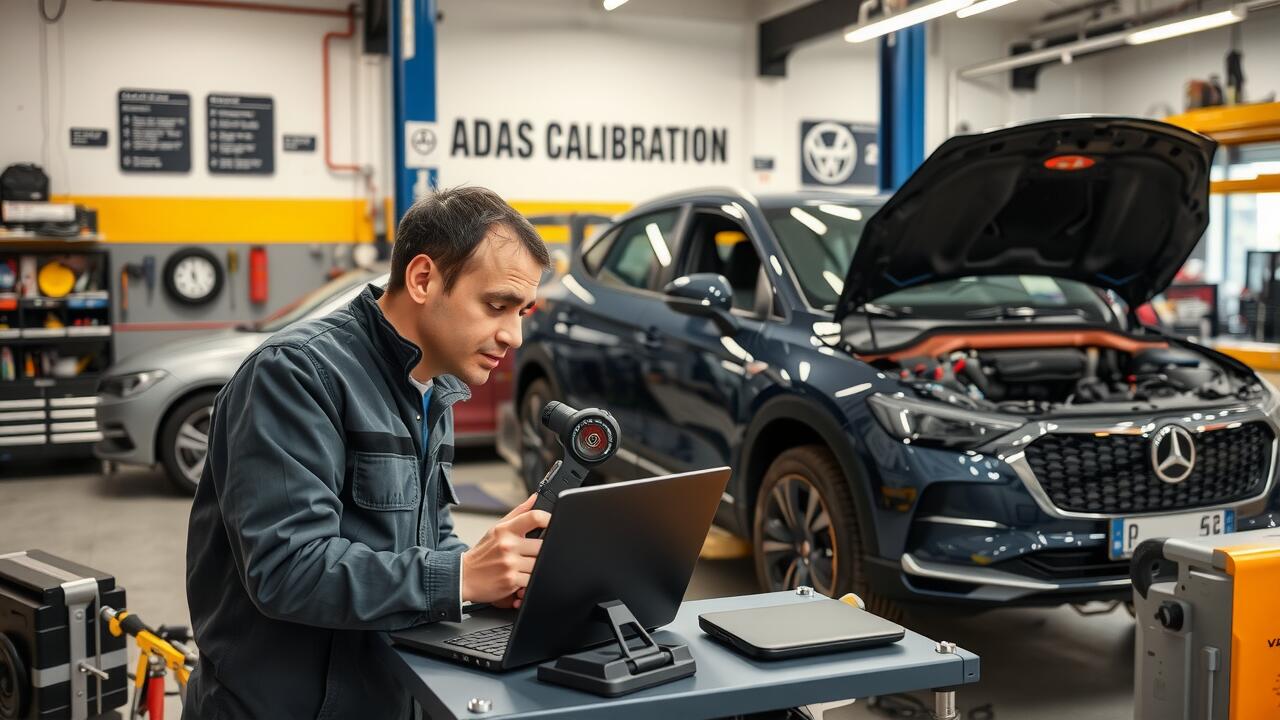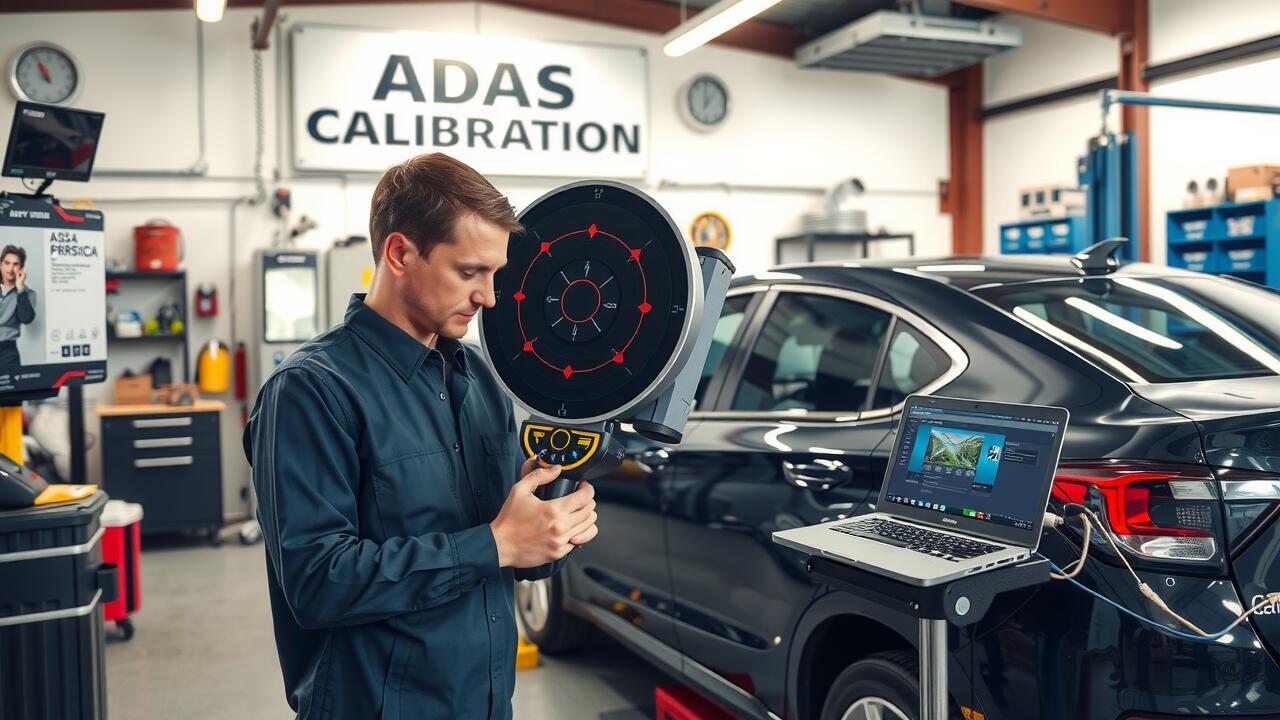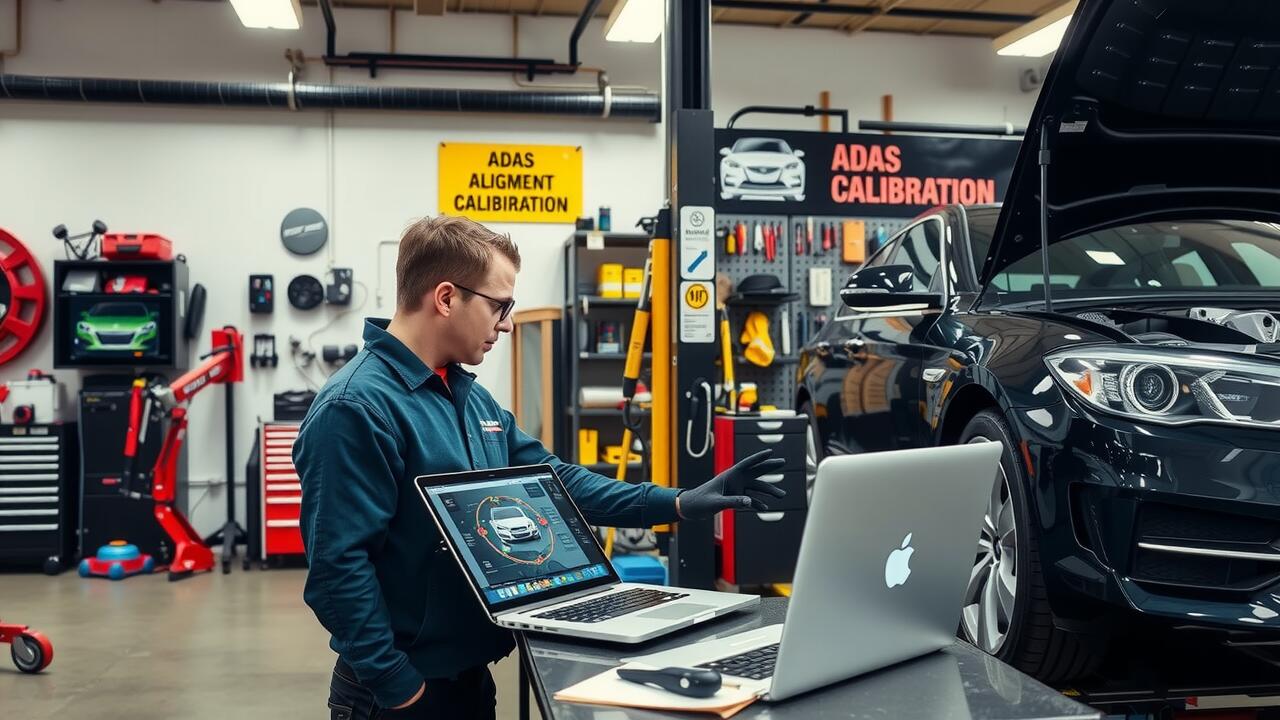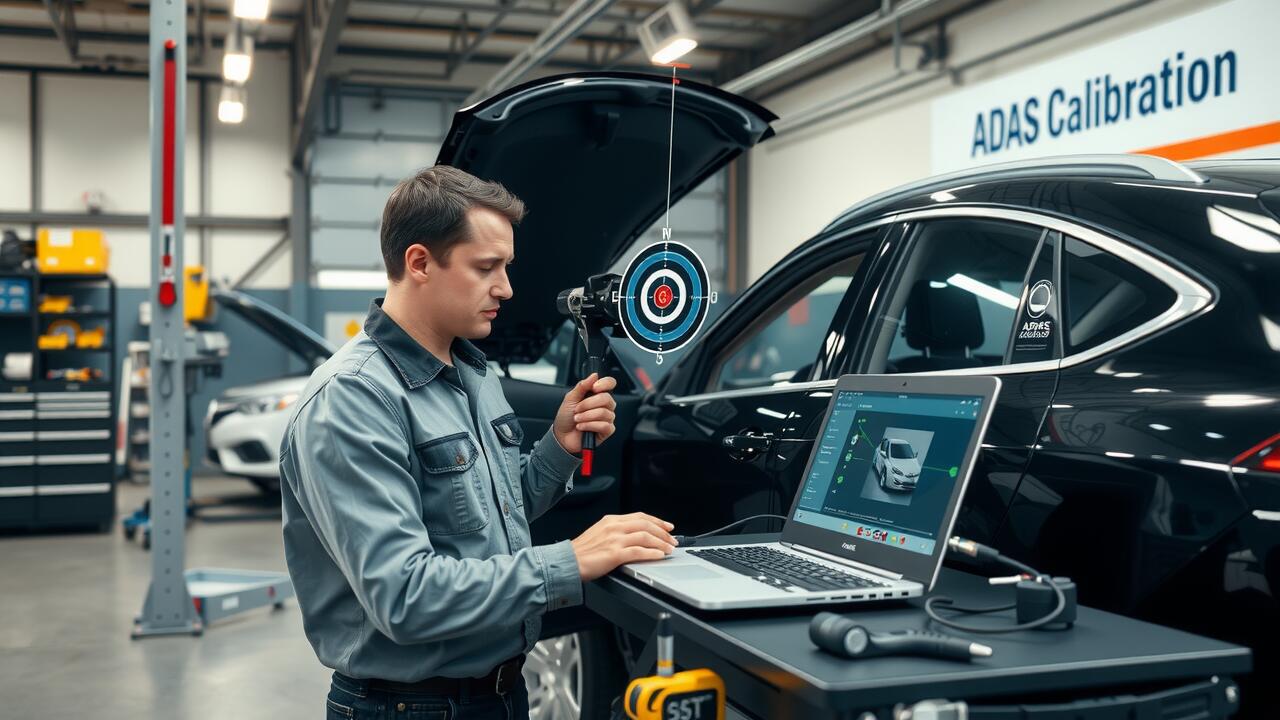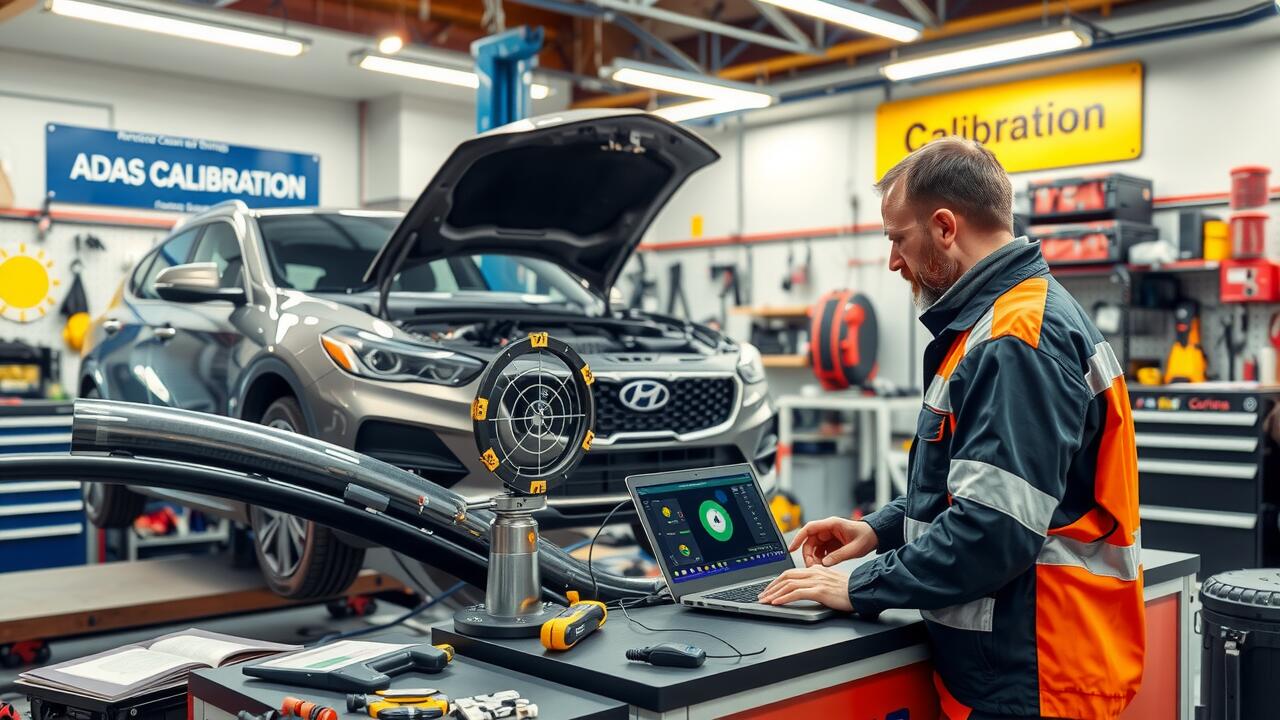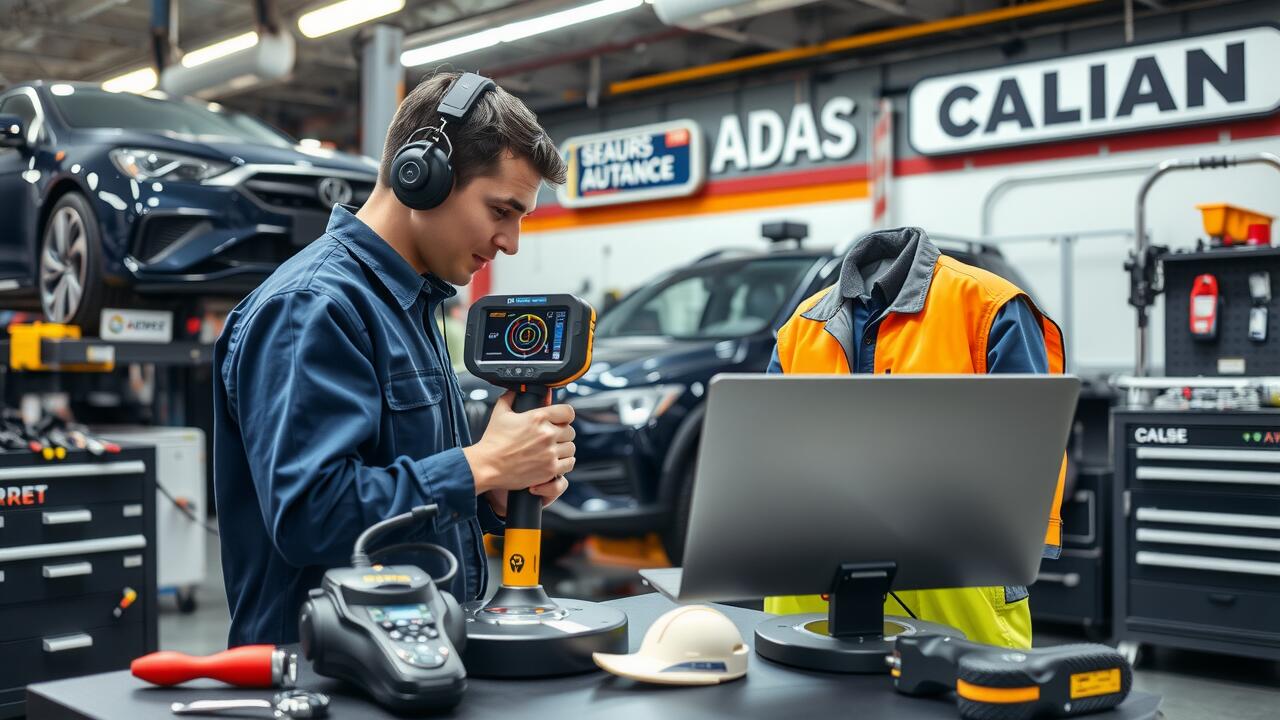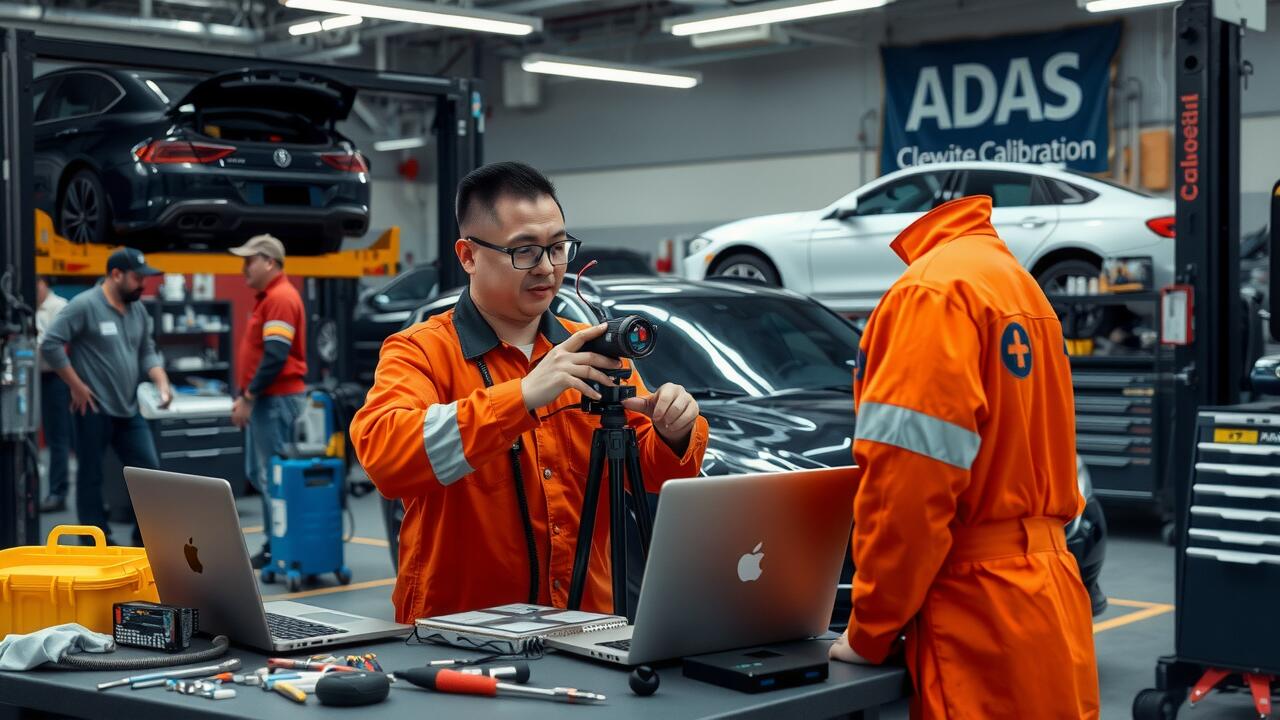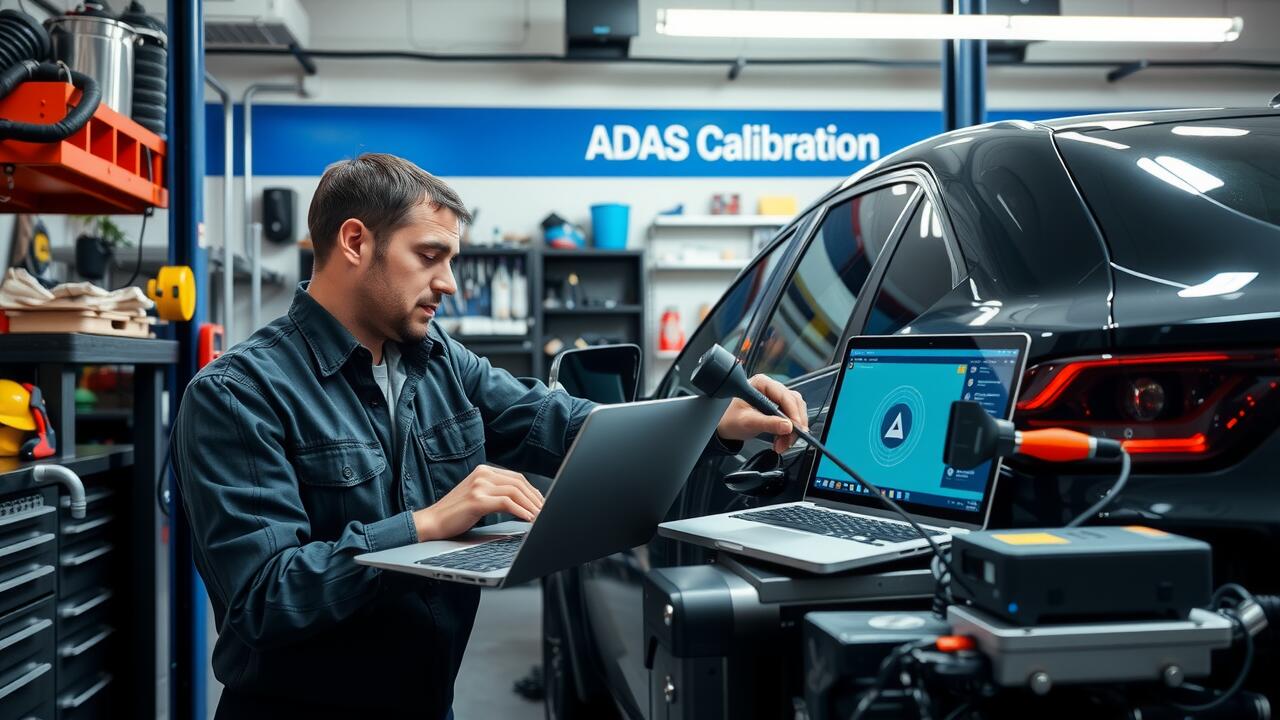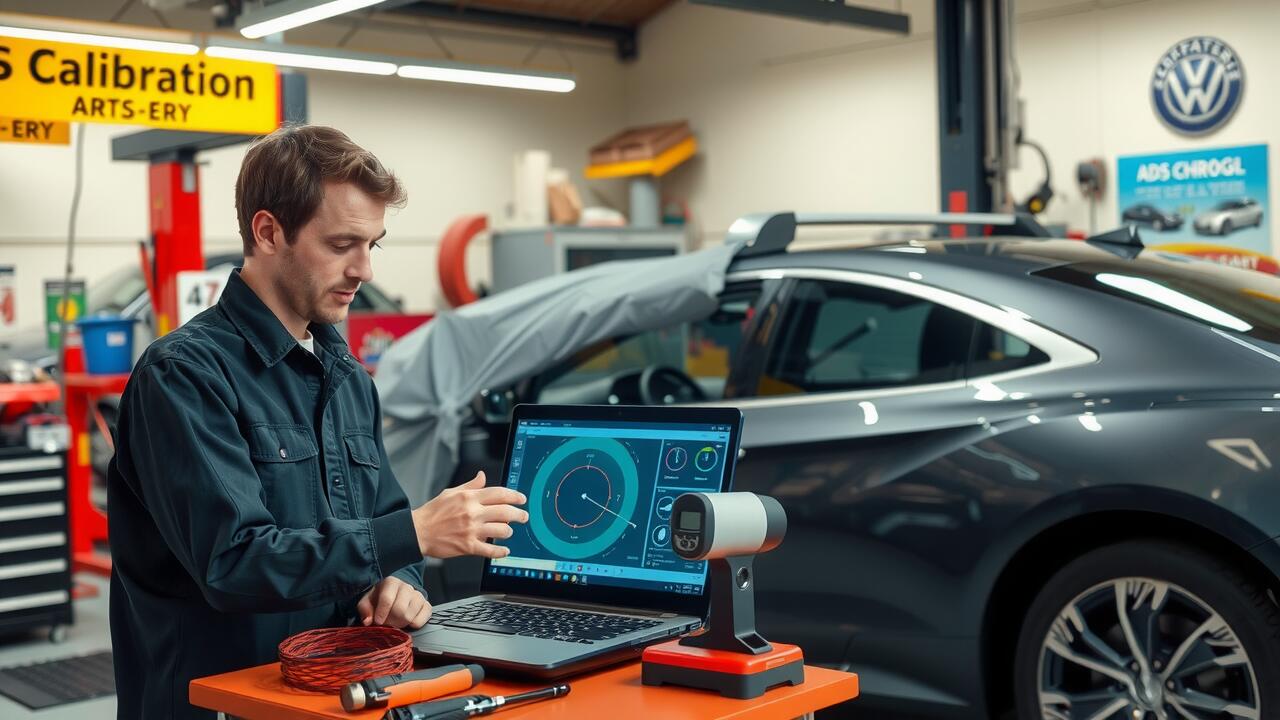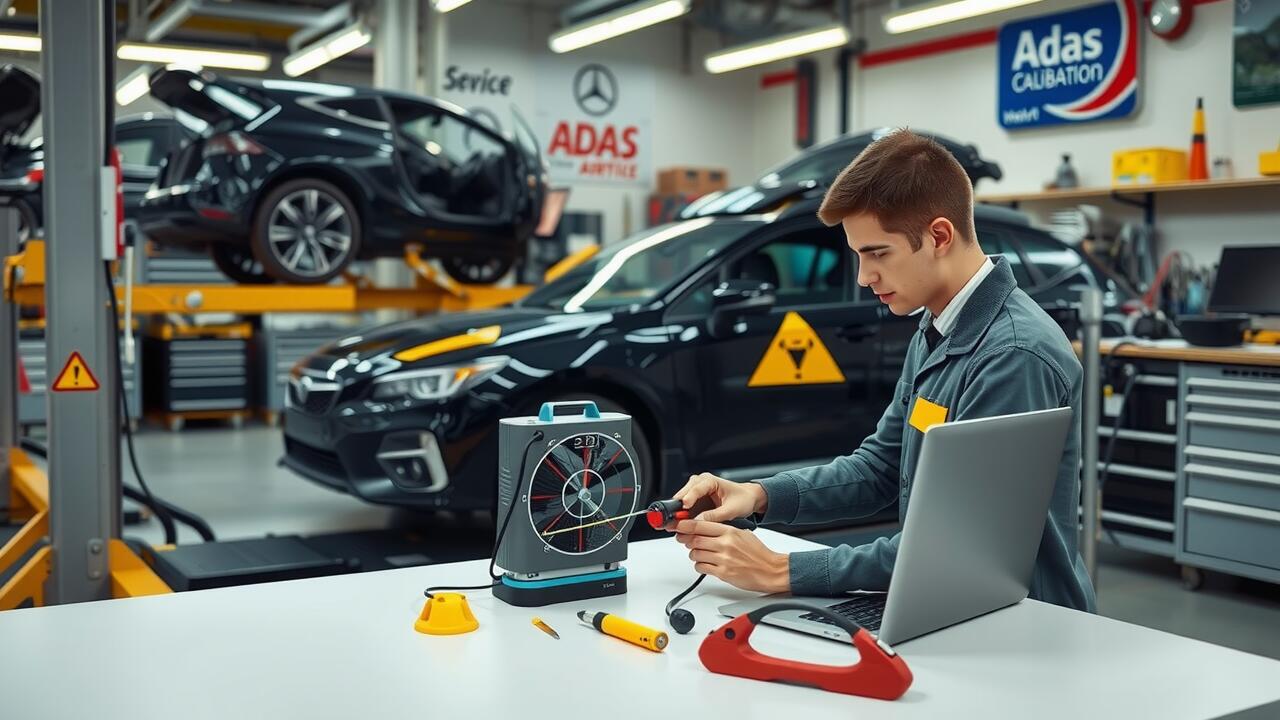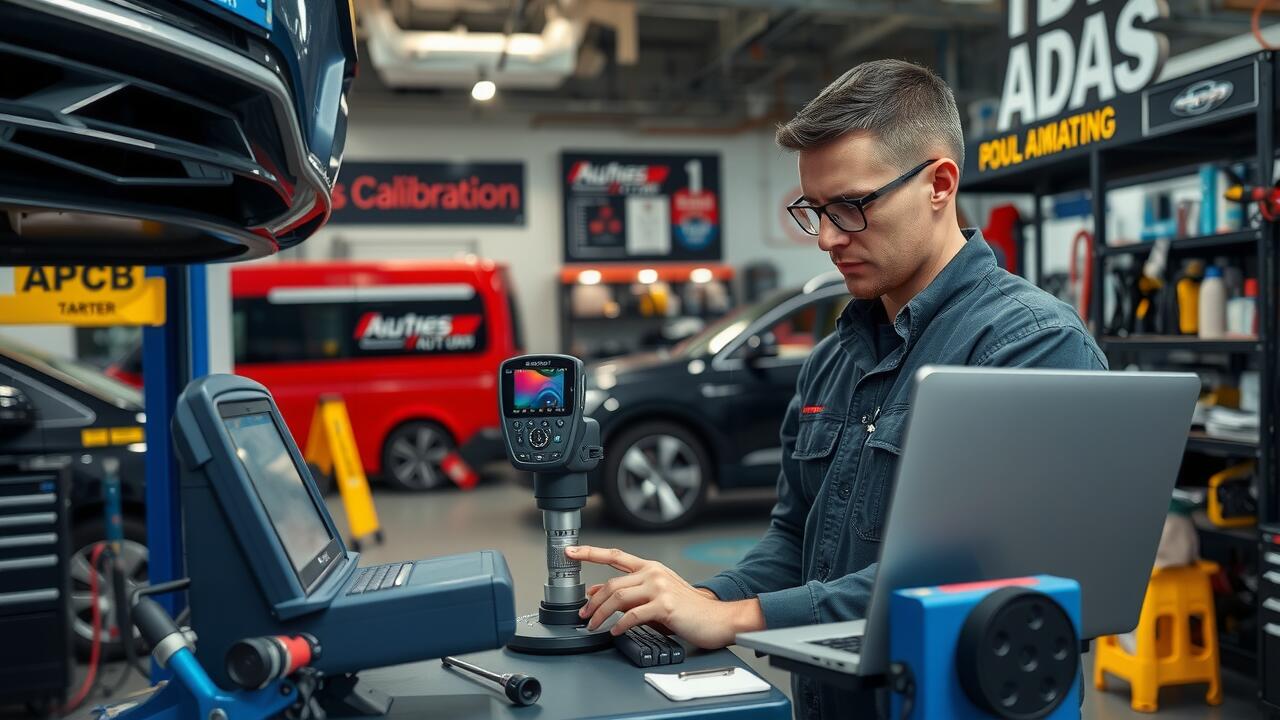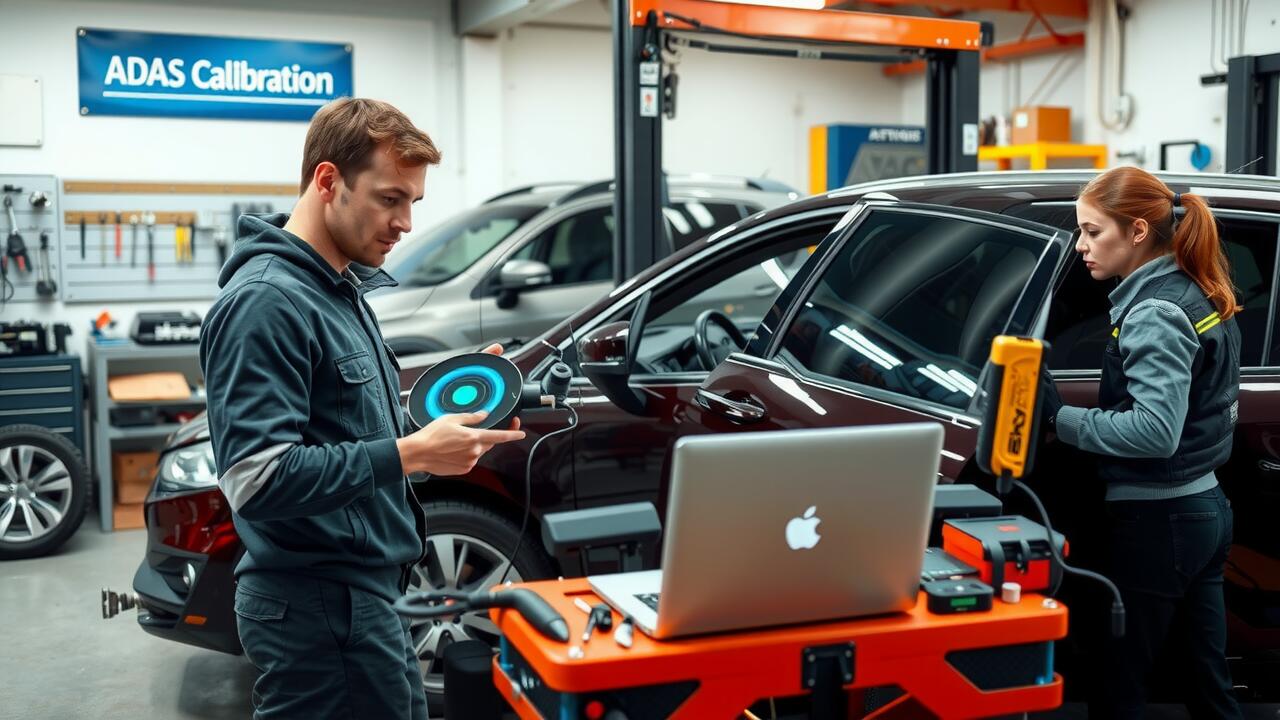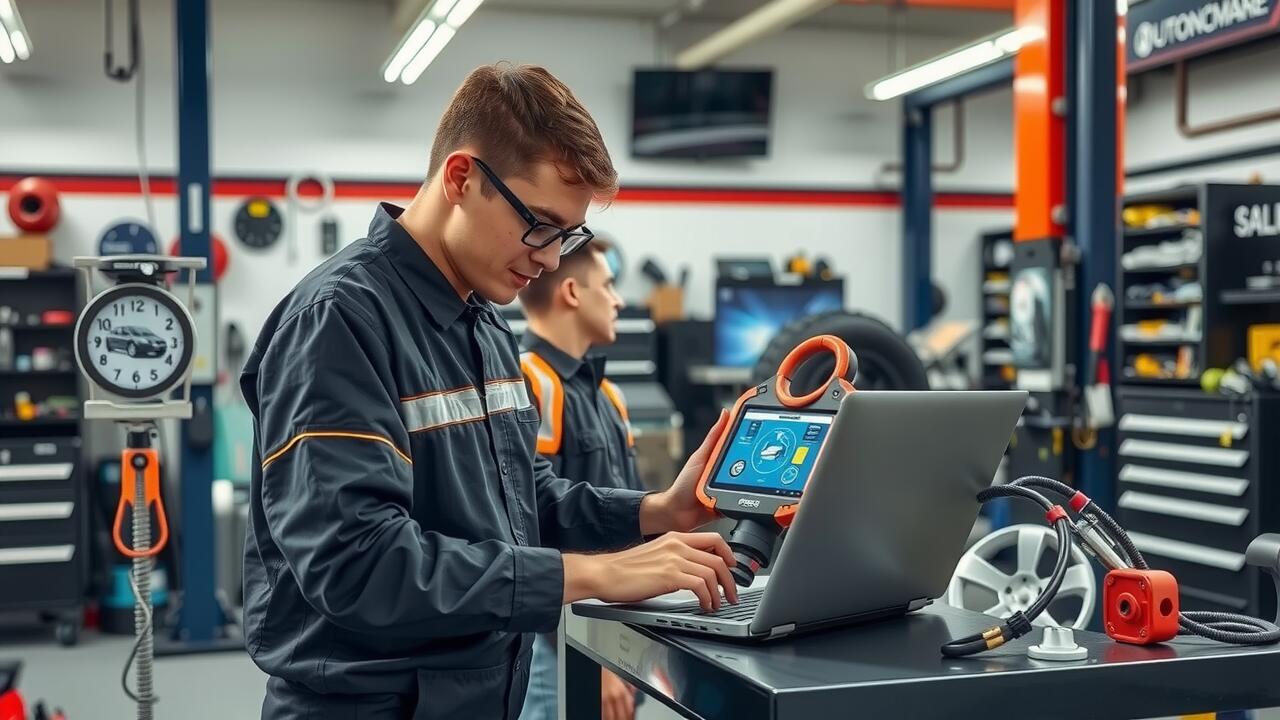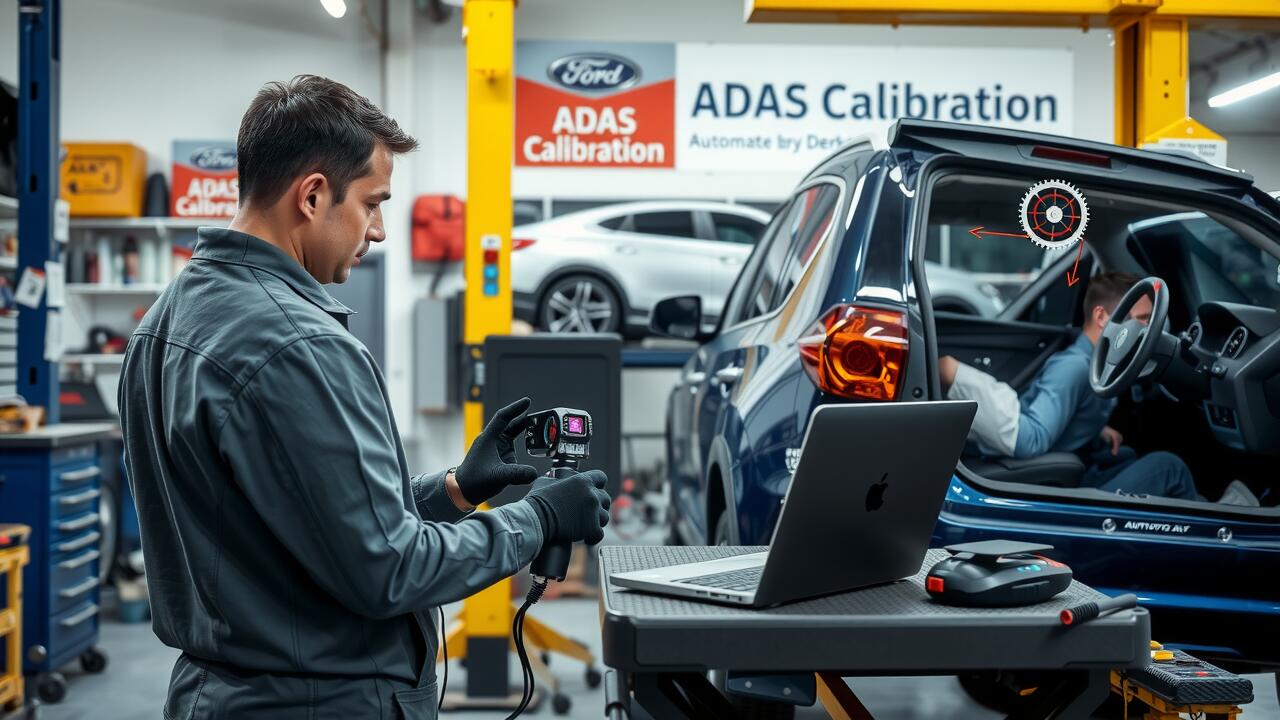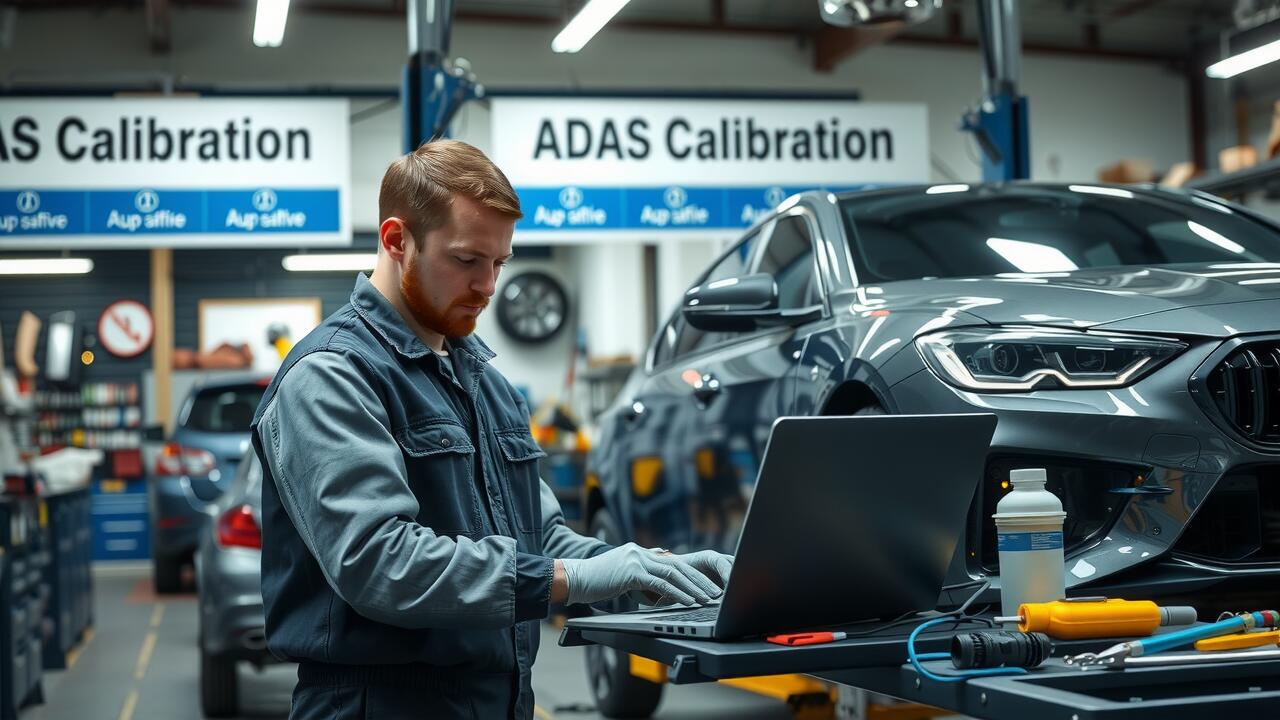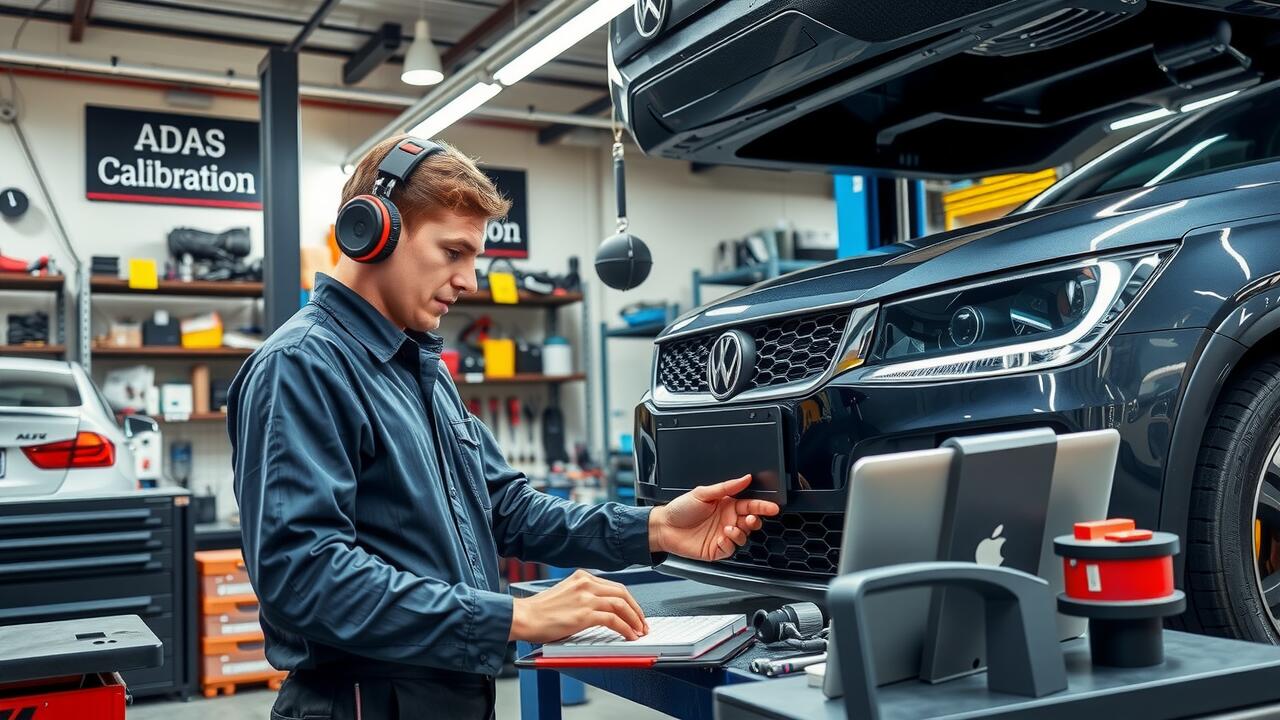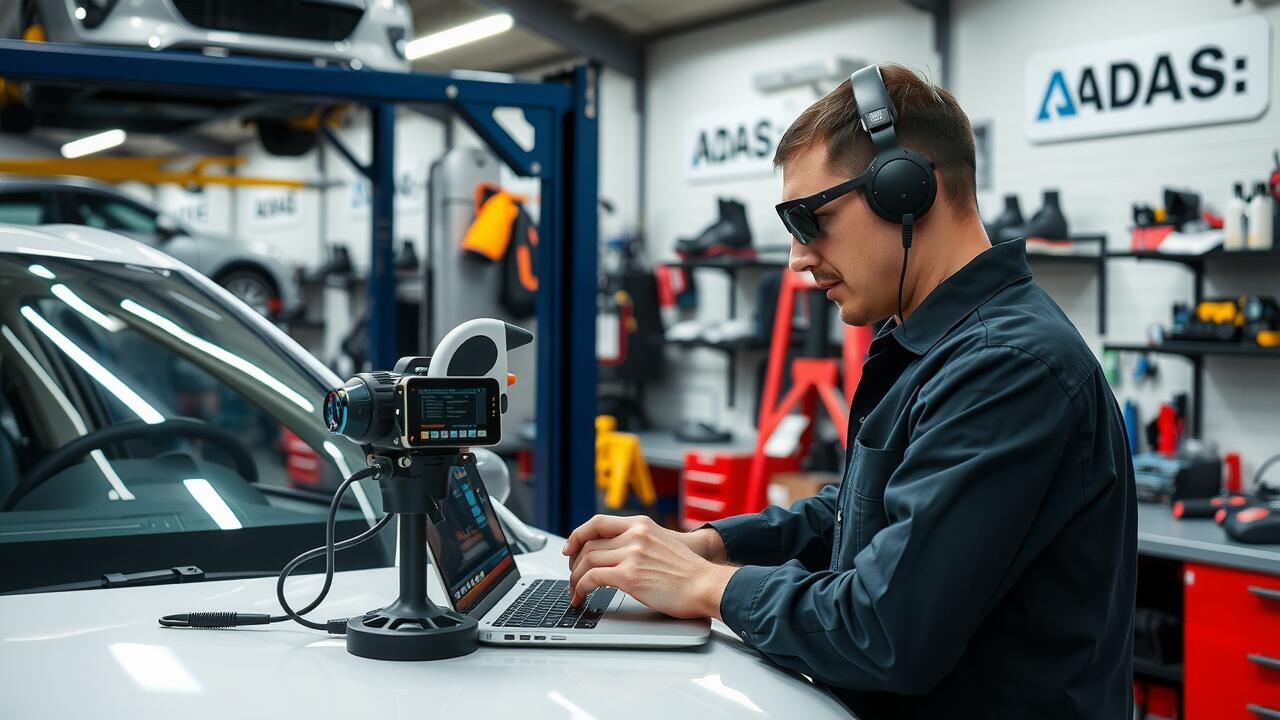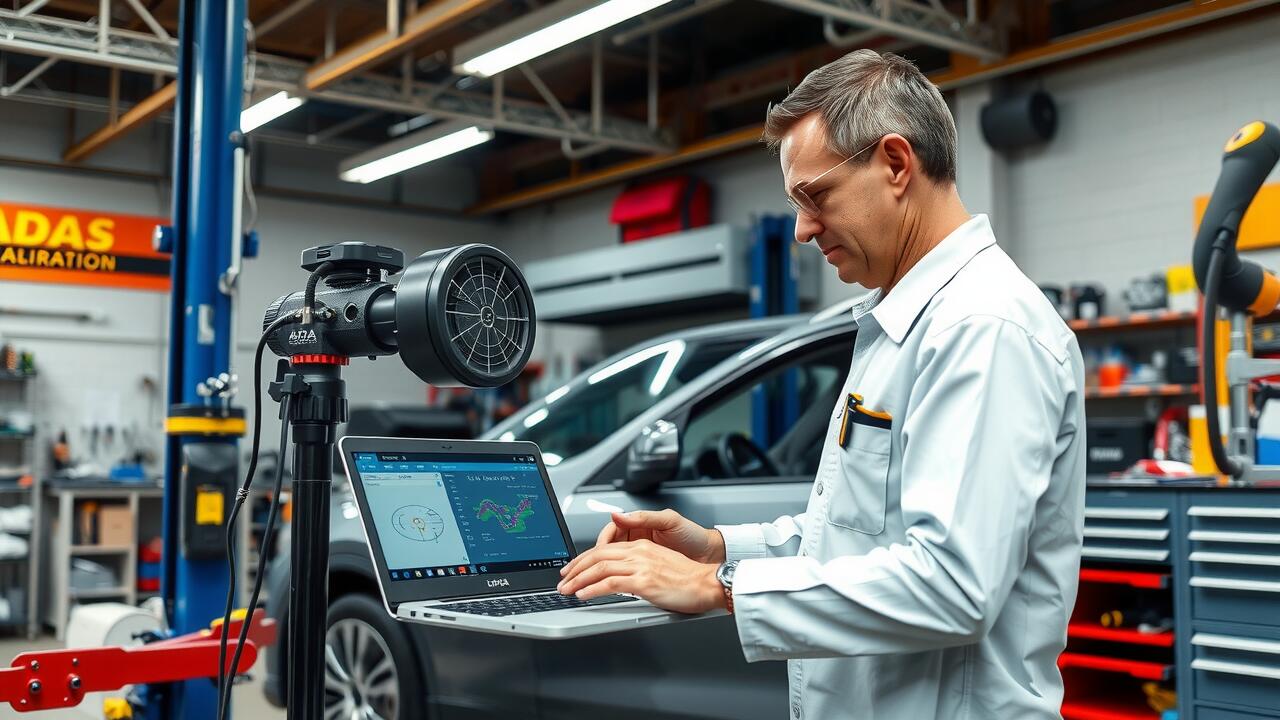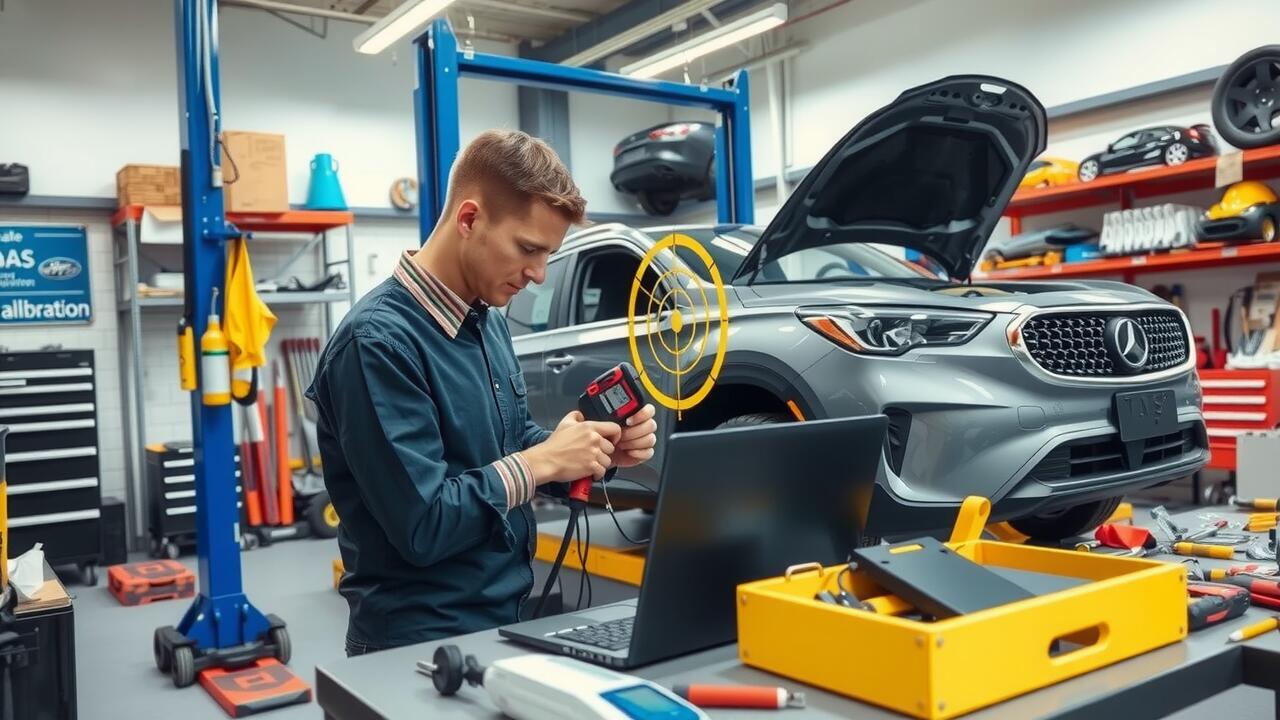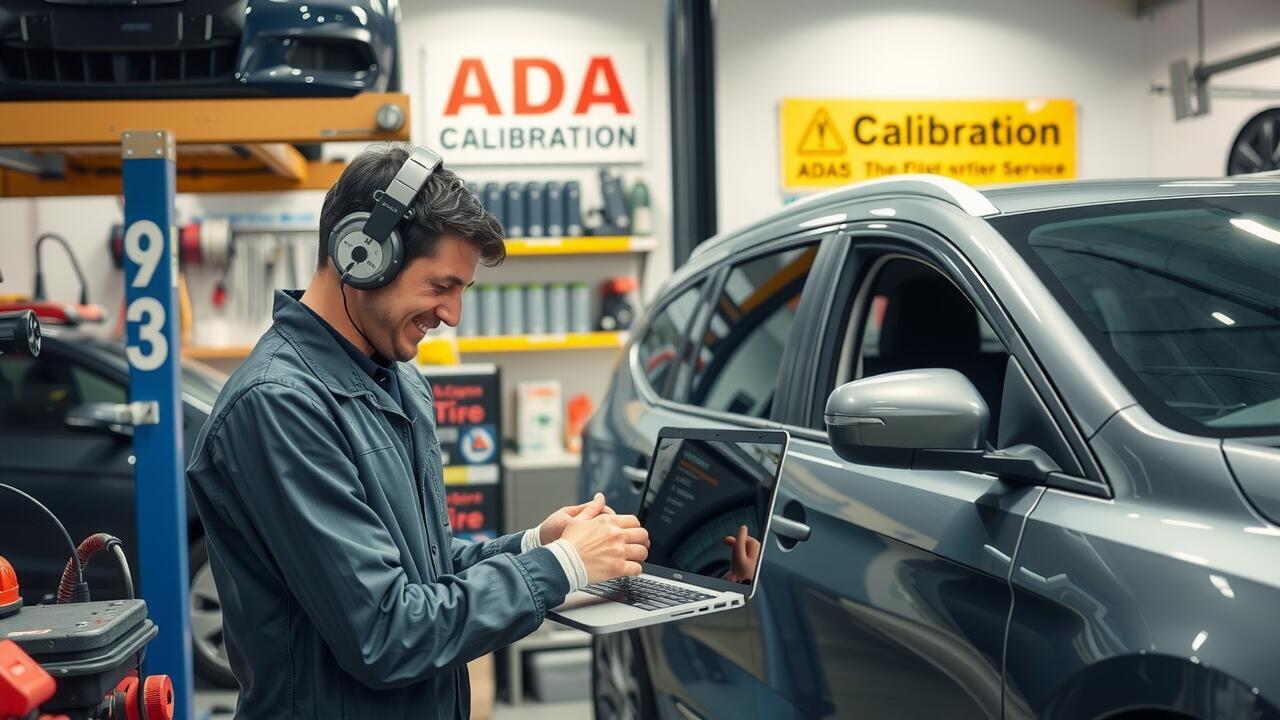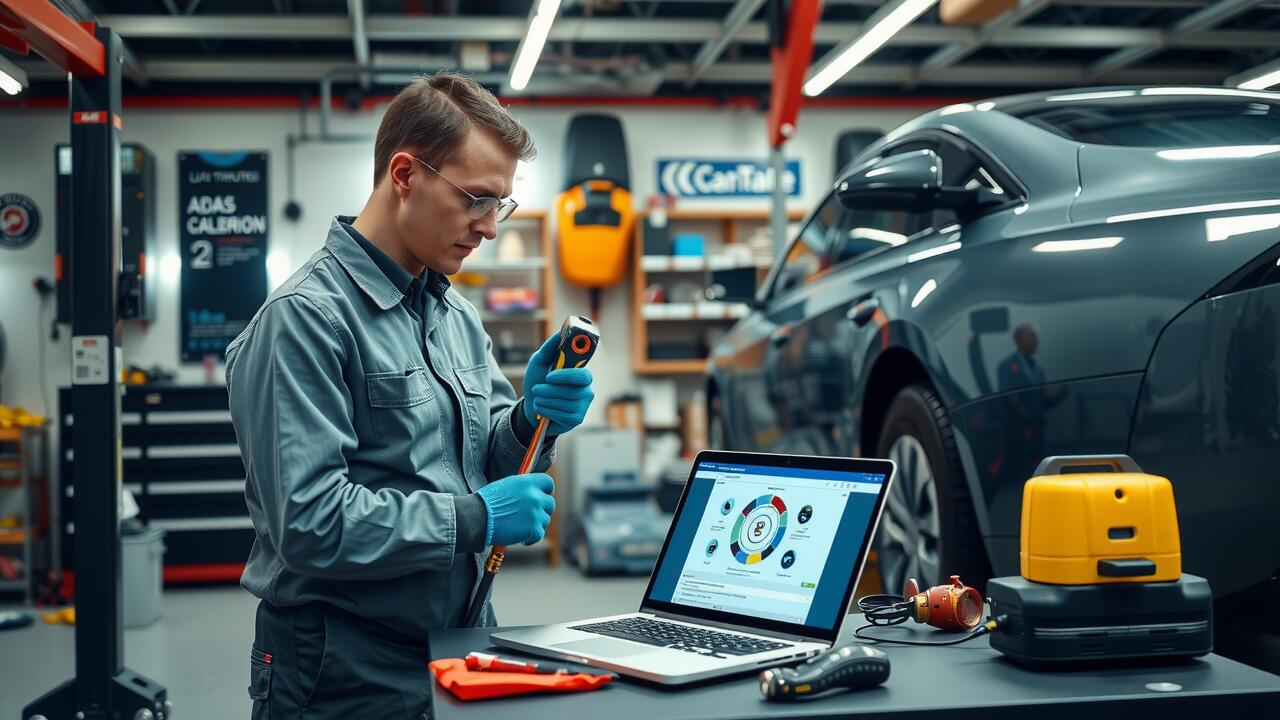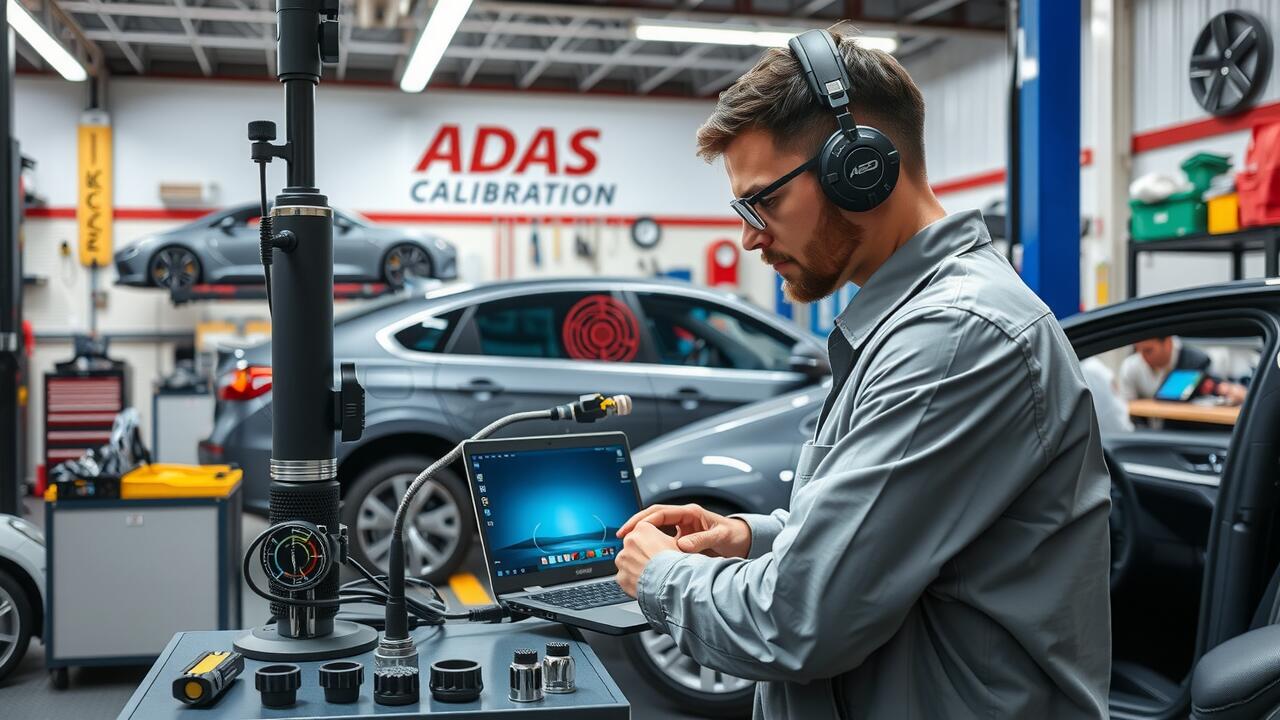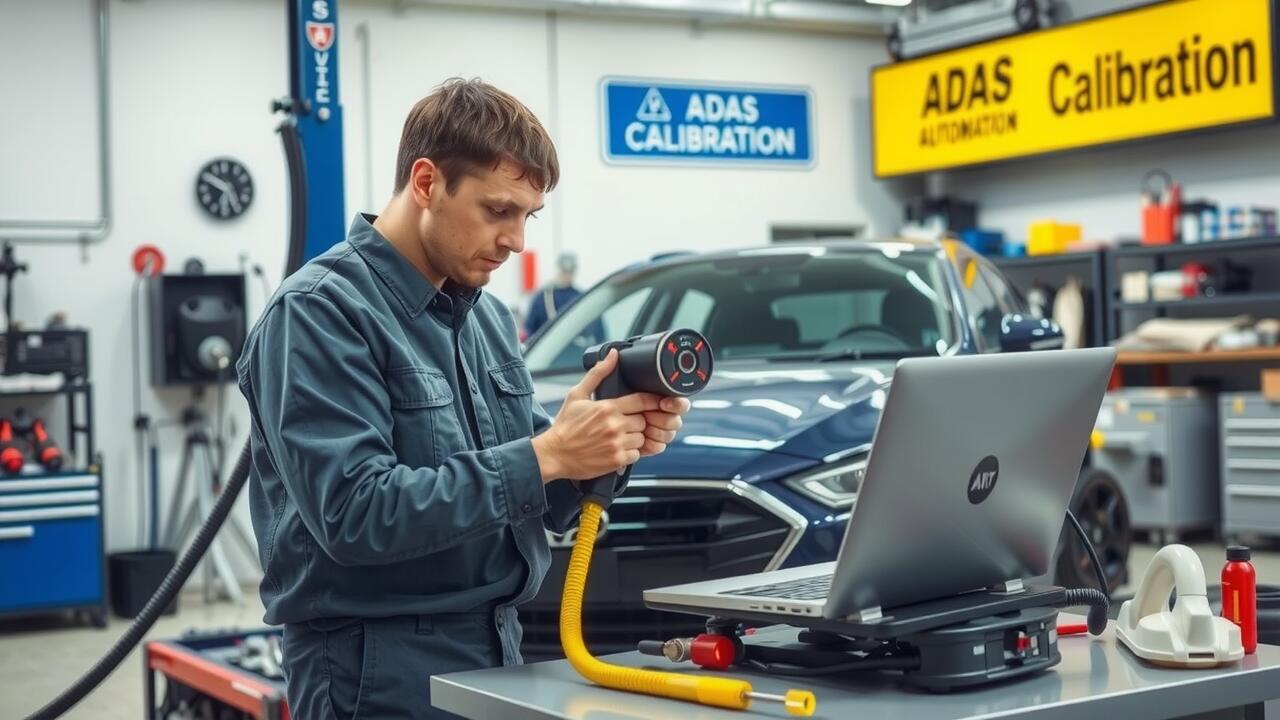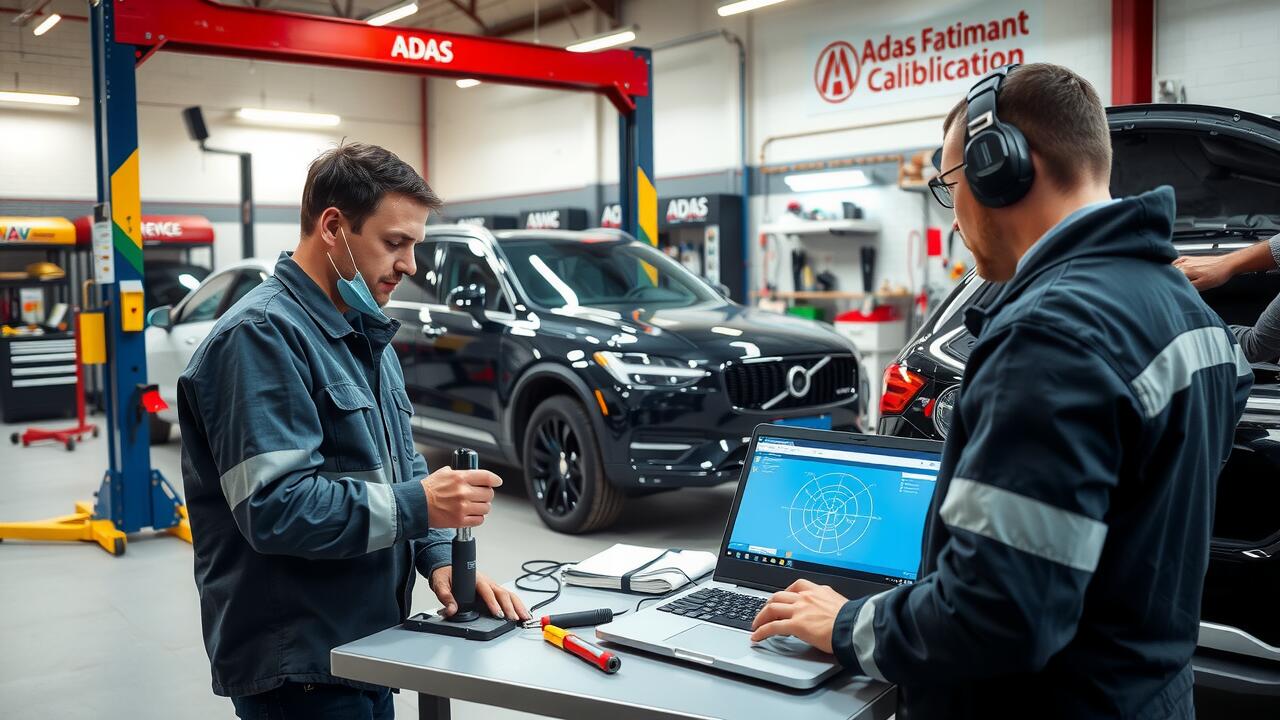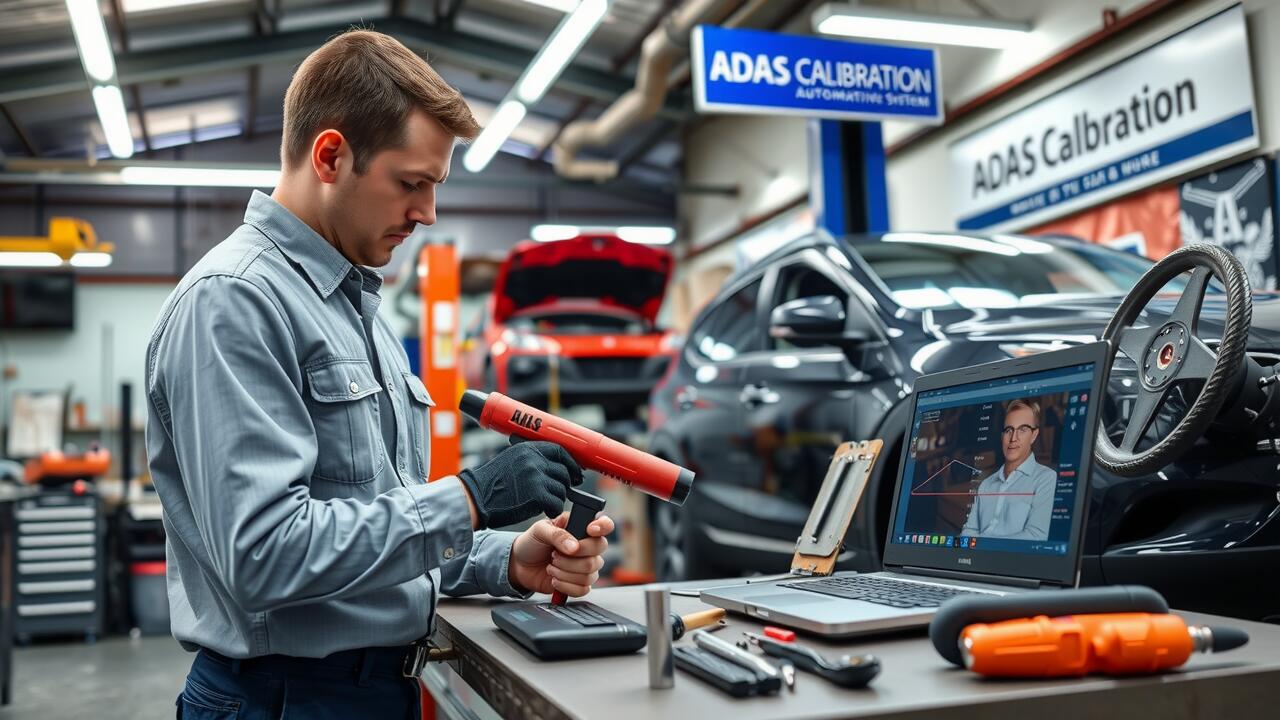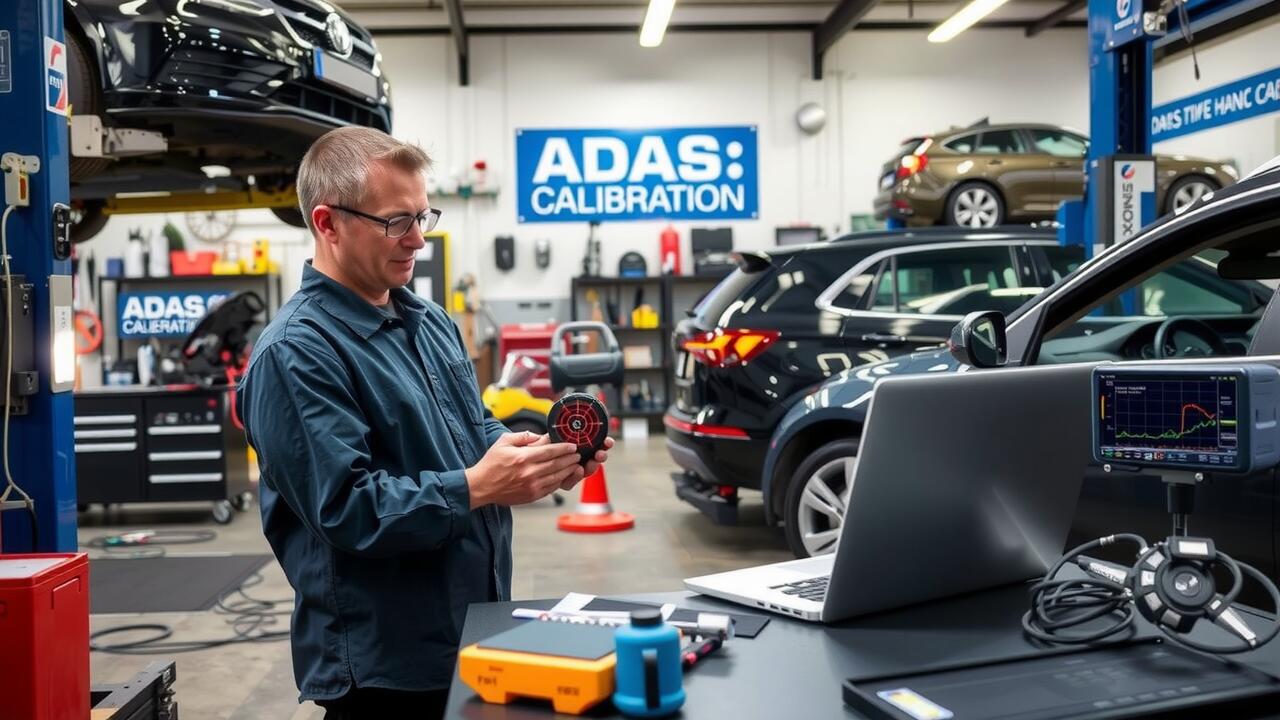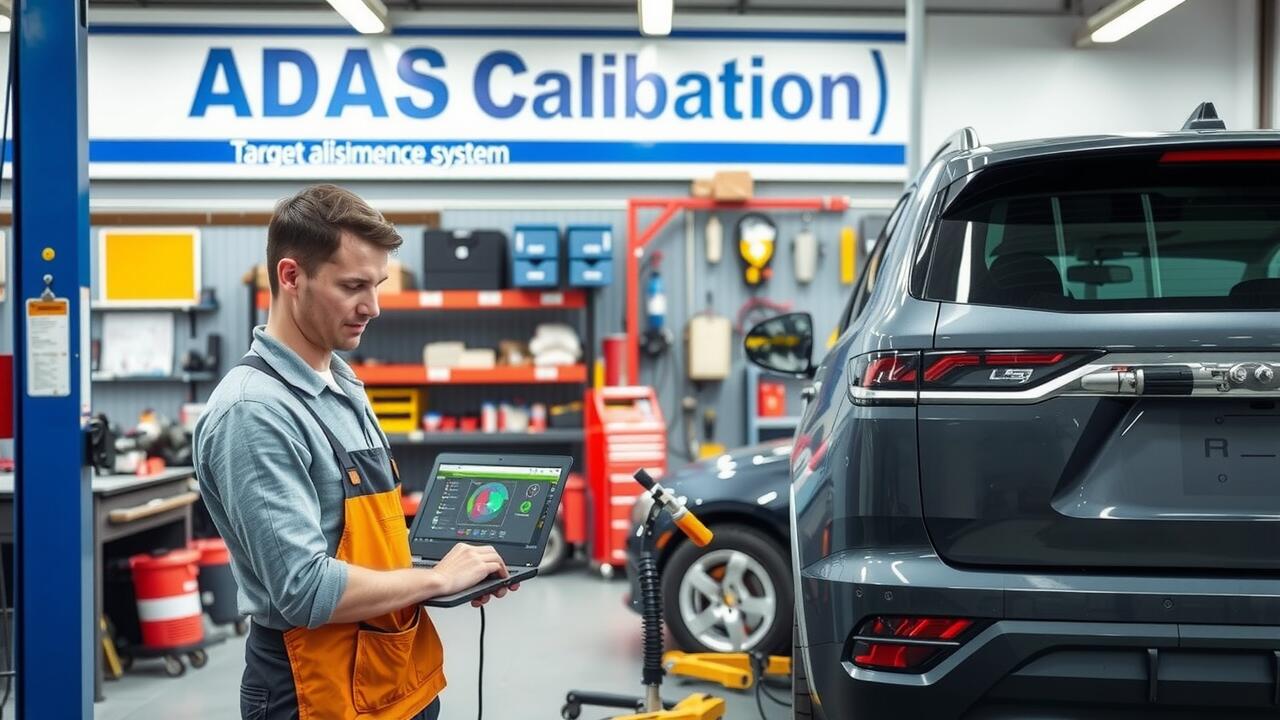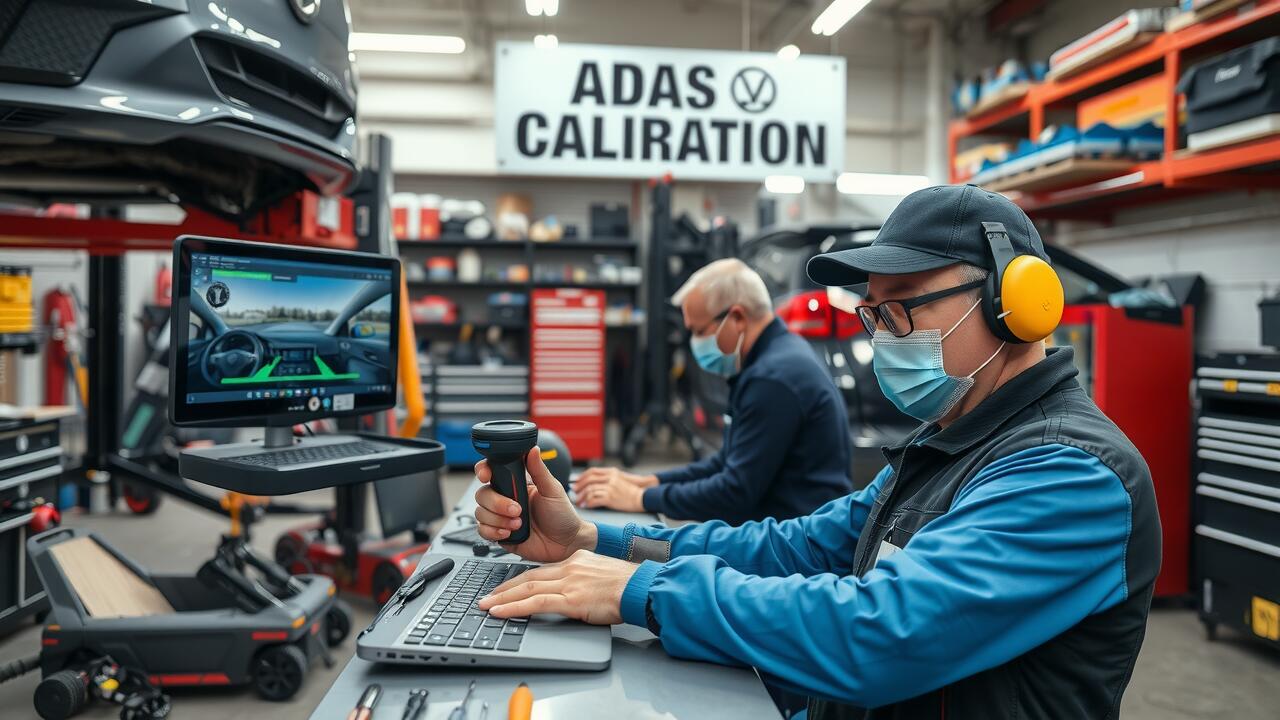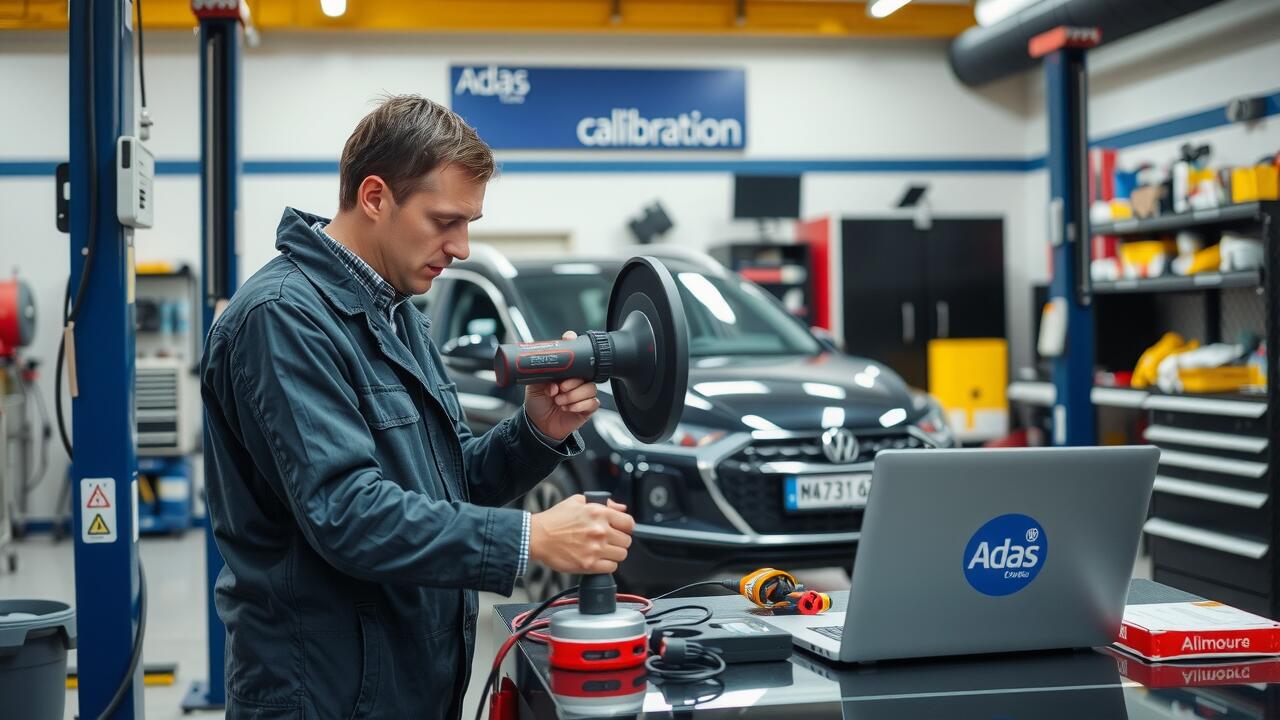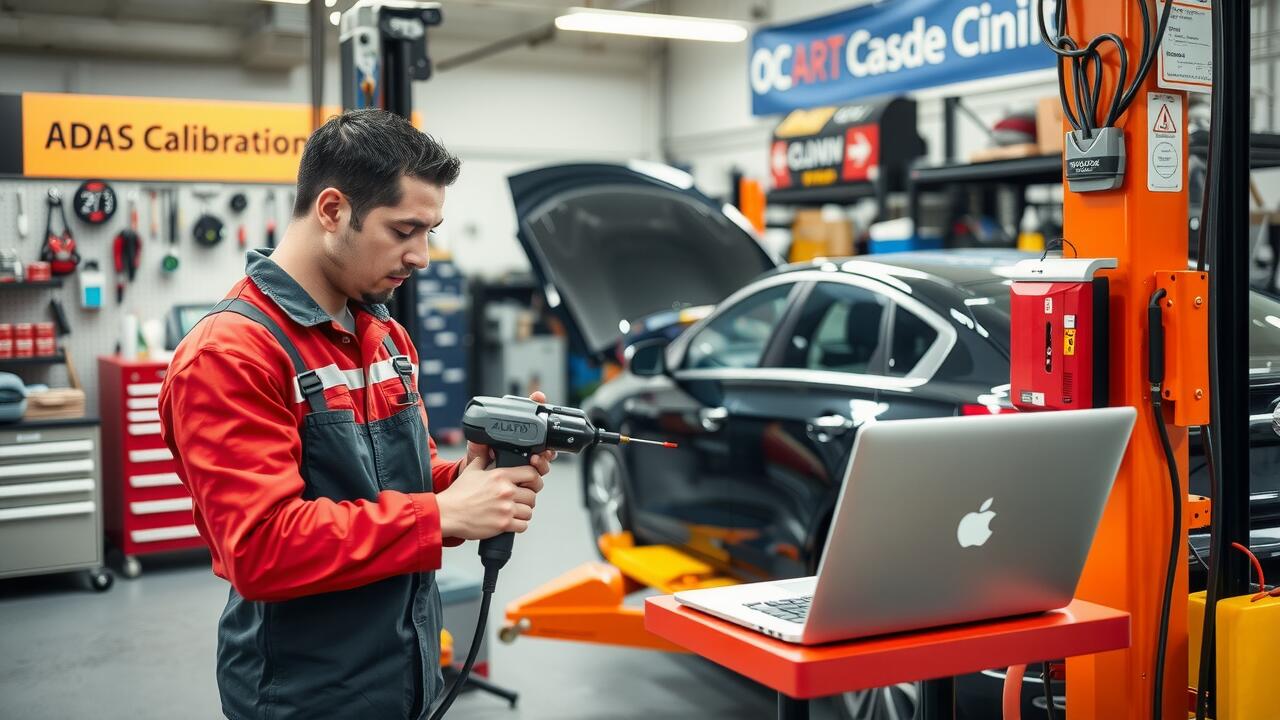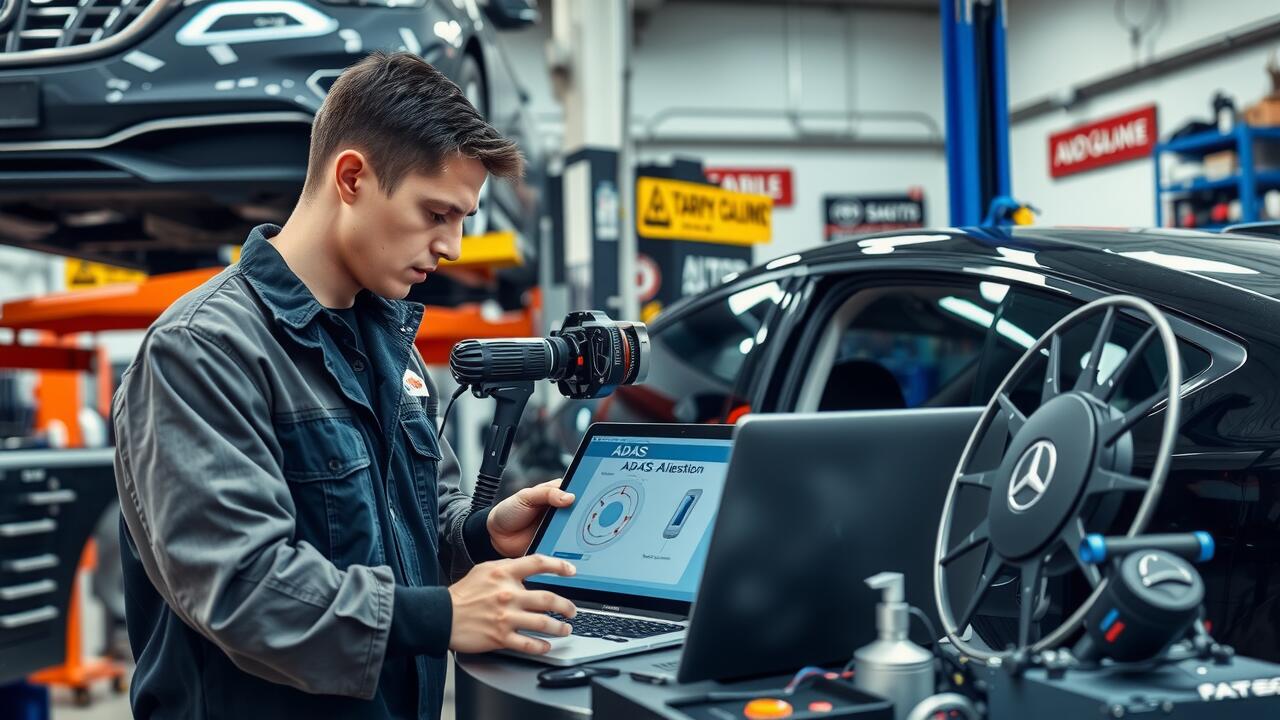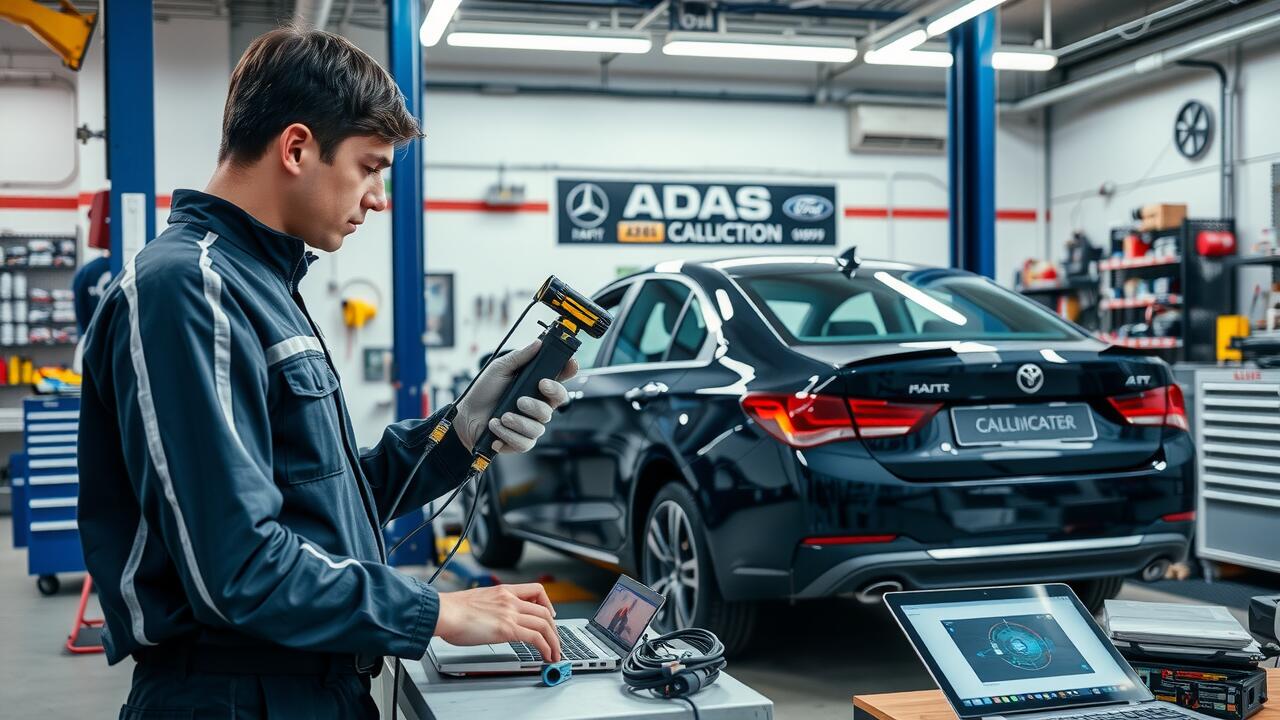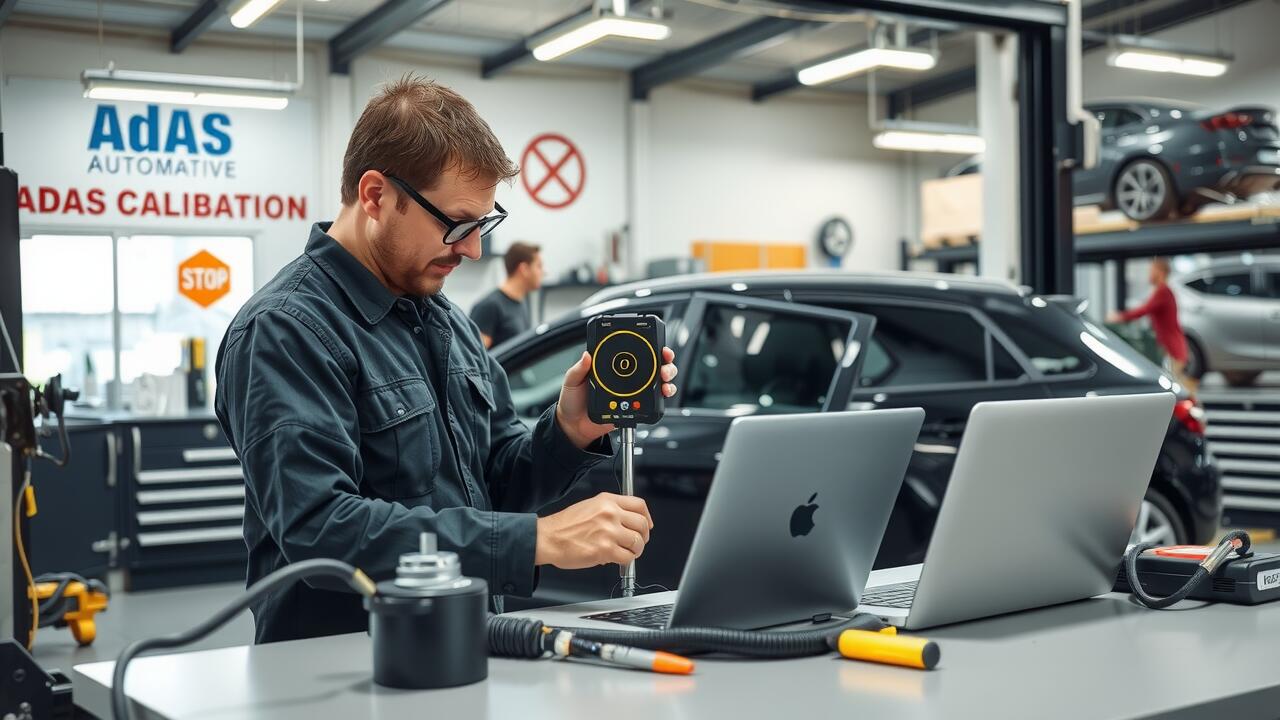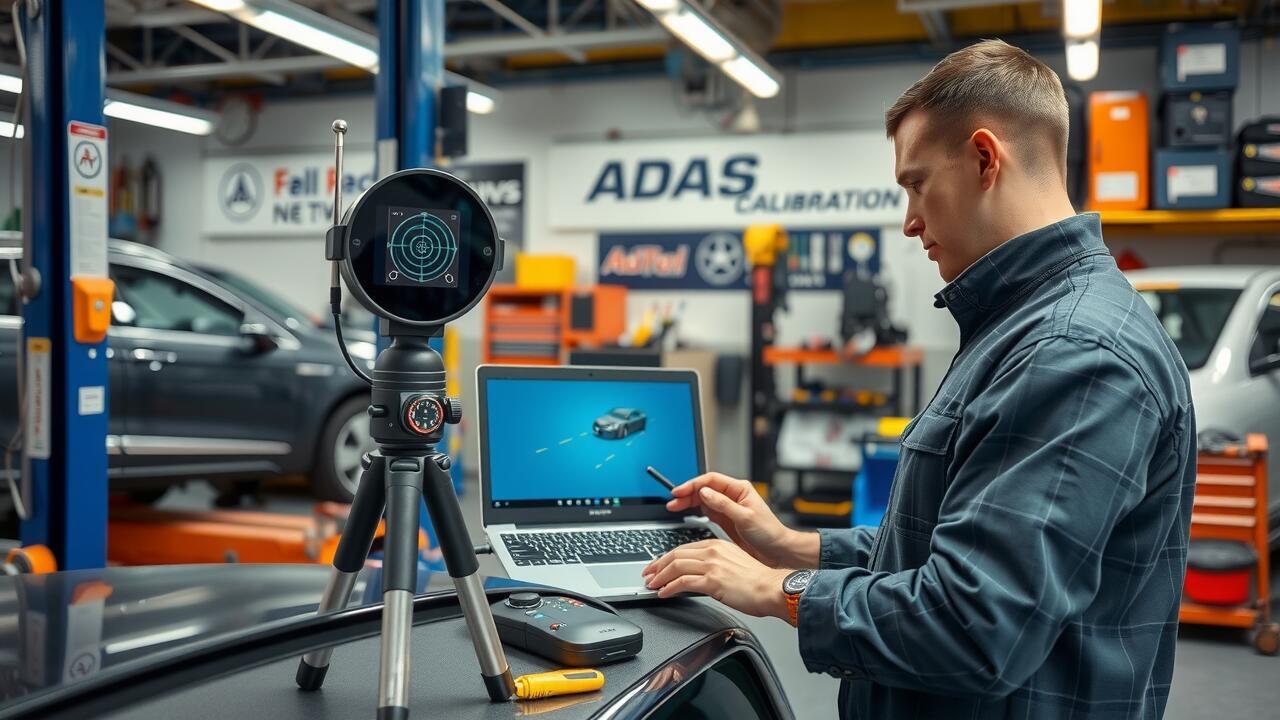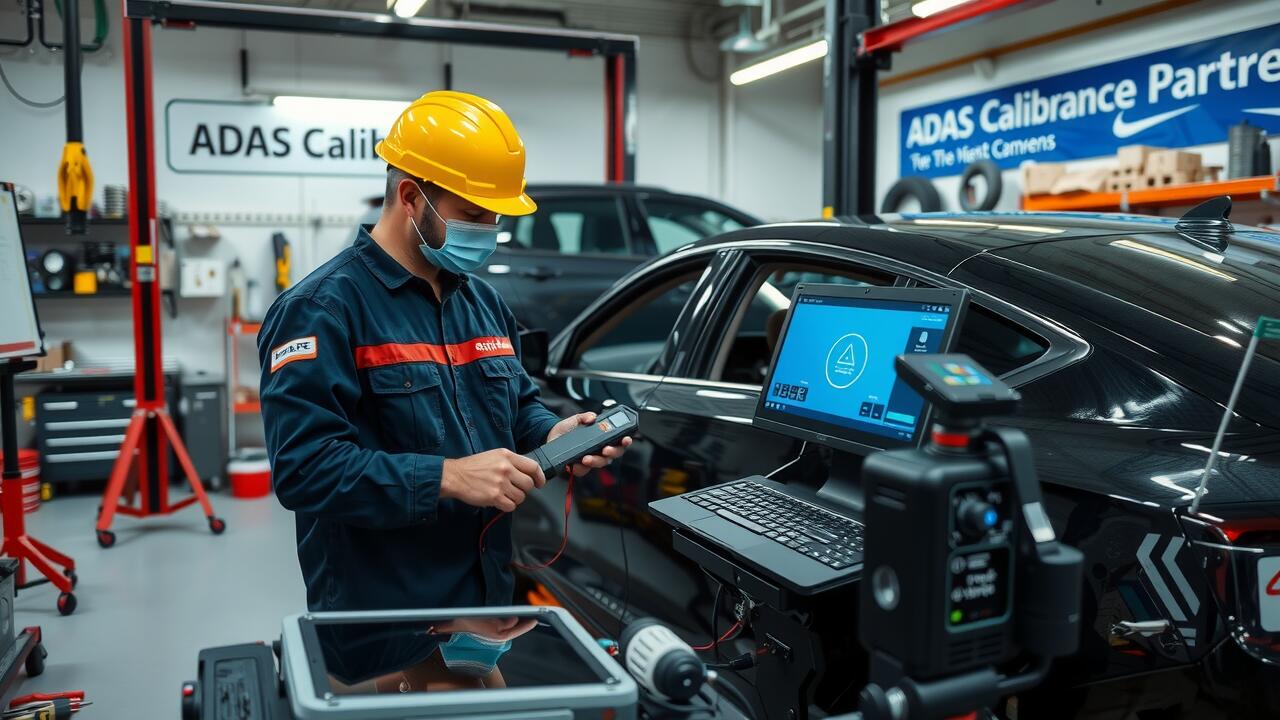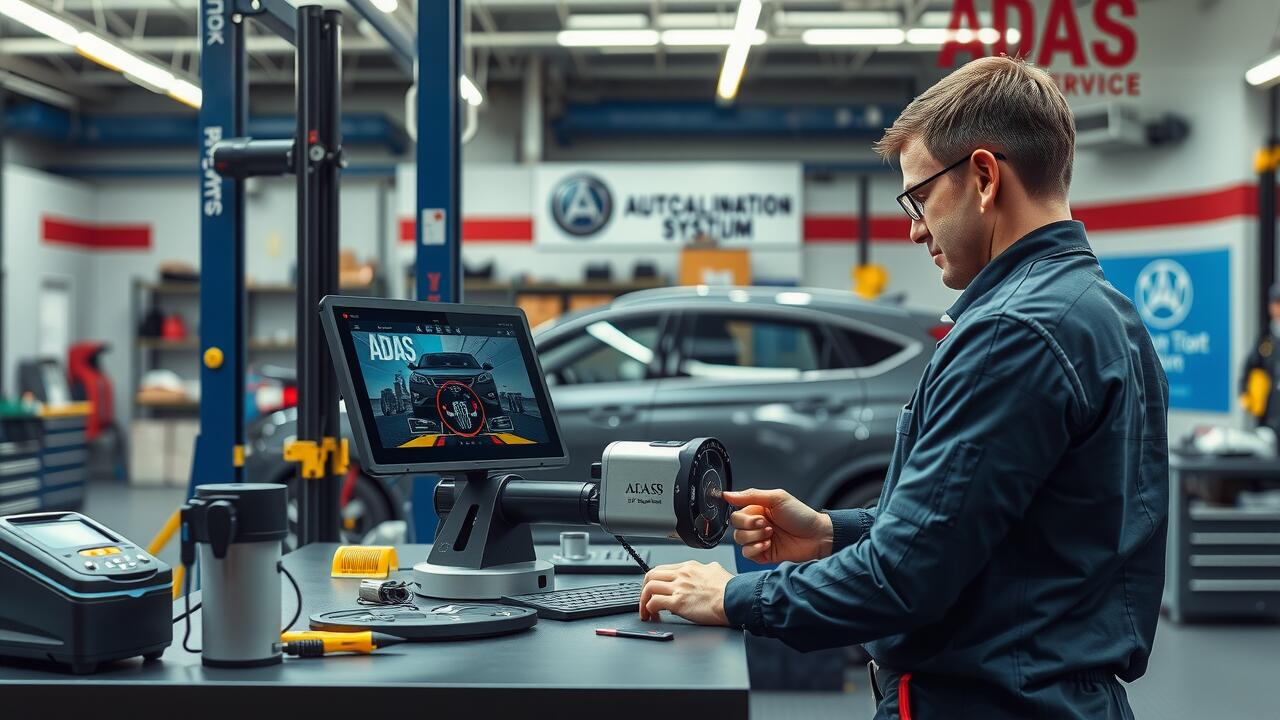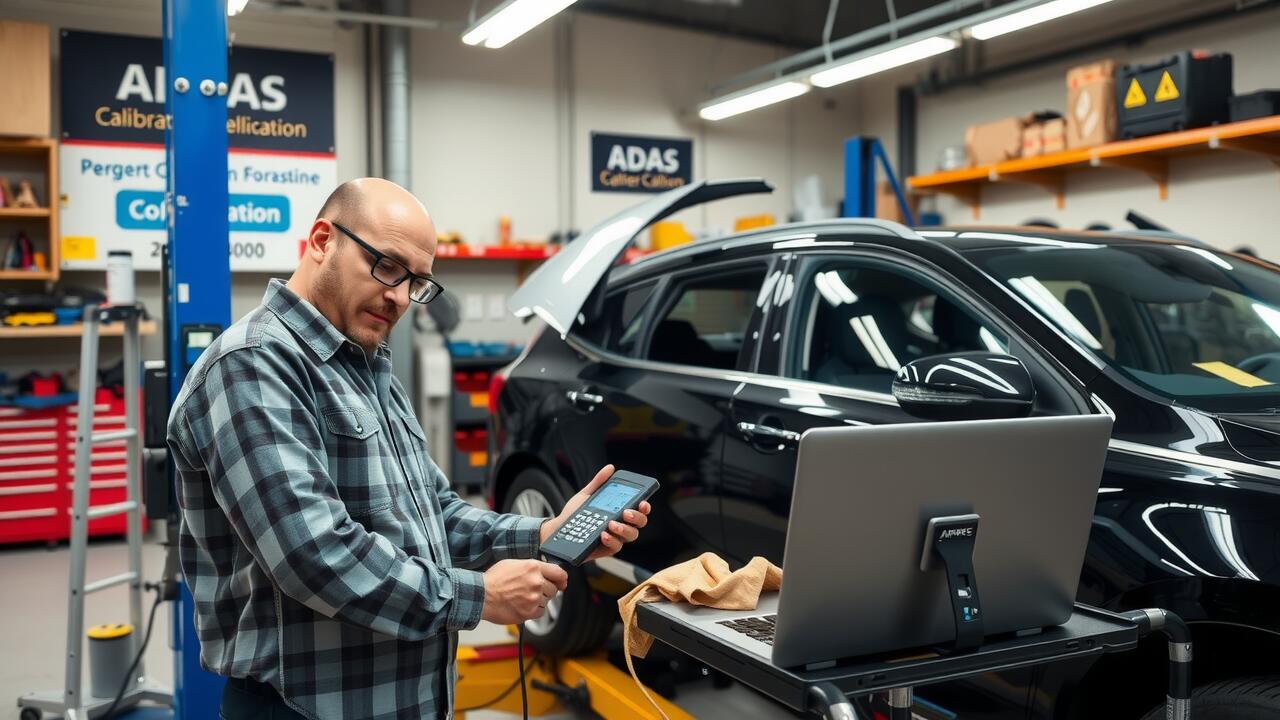
Table Of Contents
Signs Your Vehicle Needs Calibration
There are several signs that may indicate your vehicle’s Advanced Driver Assistance Systems (ADAS) require calibration. A warning light on the dashboard often suggests a malfunction within the system. Additionally, if you notice inconsistent performance in features such as adaptive cruise control or lane-keeping assist, it may be time to seek ADAS diagnostics. Changes in weather conditions or road surface can also affect system accuracy, highlighting the importance of regular checks.
Another indication of the need for calibration is after any repair work or replacement of key components. This includes windshield replacements or front-end collisions, where sensors might be misaligned. Unusual behaviour, such as false warnings or a lack of response from the systems, warrants attention. Addressing these issues promptly with ADAS diagnostics can ensure optimal performance and safety on the road.
Identifying Malfunctions in ADAS
Identifying malfunctions in Advanced Driver Assistance Systems (ADAS) requires keen observation and a methodical approach. Drivers should be alert to any warning lights on the dashboard that may indicate system failures. Common signs include erratic behaviour from lane-keeping assistance or adaptive cruise control, which can signal that components are not functioning as intended. Regular ADAS diagnostics can provide insights into the specific malfunctions and help maintain the safety and reliability of the vehicle.
Another key method for identifying issues is through the use of specialised equipment that conducts detailed ADAS diagnostics. Professional technicians often utilise advanced scanning tools to analyse the electronic systems within the vehicle. These tools can detect faults not easily noticeable during regular driving. Diagnosing the issue early on can prevent more severe problems down the line and ensure that all systems operate smoothly, providing the safety-enhancing benefits ADAS is designed for.
Tools and Equipment for Calibration
When it comes to the calibration of Advanced Driver Assistance Systems (ADAS), having the right tools and equipment is crucial. These calibrations often require specific machinery such as laser alignment tools, reflector targets, and vehicle positioning systems. Many of these tools are designed to work in conjunction with ADAS diagnostics, ensuring that systems are accurately calibrated according to manufacturer specifications. Software tools that connect directly to the vehicle's onboard systems also play a vital role in this process, allowing technicians to monitor and adjust necessary parameters.
In addition to physical tools, specialised training and knowledge of ADAS technologies are essential for effective calibration. Technicians must be familiar with the specific requirements of different vehicle models, as there can be significant variations in the calibration process. This expertise allows for a better understanding of how to perform ADAS diagnostics and ensure that all safety features are functioning as intended. Using inappropriate tools or lacking the necessary experience can lead to improper calibration, potentially compromising vehicle safety.
Essential Technology Used in Calibration
Calibrating Advanced Driver Assistance Systems (ADAS) requires specialised technology to ensure accurate functioning. One of the essential tools is the ADAS diagnostics equipment, which can assess the system's performance and identify any discrepancies. This equipment is typically equipped with advanced sensors and software that can interact with the vehicle's systems, providing real-time data on sensor alignment and functionality. By using these diagnostic tools, technicians can understand if the components are operating within the manufacturer's specifications.
In addition to ADAS diagnostics, calibration targets are crucial in this process. These targets are specifically designed to assist in aligning cameras, radar, and other sensor systems accurately. They provide a fixed reference that aids technicians in recalibrating the systems with precision. The integration of both diagnostic tools and calibration targets ensures that ADAS are correctly adjusted, enabling the systems to support safe driving and enhance overall vehicle performance.
Professional vs. DIY Calibration
When considering ADAS calibration, the choice between professional and DIY approaches can significantly influence the outcome. Professional calibration is typically performed by trained technicians who use advanced tools and software to ensure precise adjustments. These professionals have access to the latest ADAS diagnostics technology, allowing them to identify and rectify issues more effectively than an average car owner. The expertise they bring ensures adherence to manufacturer specifications, which is crucial for maintaining safety and performance standards.
On the other hand, DIY calibration may appeal to those looking to save money or enjoy hands-on projects. However, this approach comes with its own set of challenges. Without proper training and equipment, individuals may struggle to achieve accurate results. Many DIY enthusiasts may underestimate the complexity of ADAS systems. Improper calibration can lead to serious safety risks, making reliance on thorough ADAS diagnostics essential for anyone considering this path.
Risks and Benefits of Each Approach
Choosing between professional and DIY calibration for Advanced Driver Assistance Systems (ADAS) carries distinct risks and benefits. Professional calibration typically ensures precision, given the sophisticated equipment and trained technicians involved. These professionals utilise advanced ADAS diagnostics to accurately assess and adjust the system, significantly enhancing safety. Cost may be a drawback, yet the peace of mind provided by thorough calibration often justifies the investment.
On the other hand, DIY approaches appeal to those seeking to save money and engage with their vehicle's technology. Access to various tools and resources enables enthusiasts to attempt calibration independently. However, without the expertise in ADAS diagnostics, they might overlook critical adjustments or misinterpret system alerts, increasing the risk of vehicle mishandling. This approach may result in a false sense of security, as any oversight could compromise the very safety features designed to protect the occupants.
FAQS
How long does ADAS calibration typically take?
ADAS calibration usually takes between one to three hours, depending on the specific system being calibrated and the technician's expertise.
What factors can affect the duration of ADAS calibration?
Factors such as the type of ADAS technology, the complexity of the calibration process, the condition of the vehicle, and whether the calibration is done professionally or DIY can all impact the time required.
Can I drive my vehicle while waiting for ADAS calibration?
It's generally not advisable to drive your vehicle while waiting for calibration, as improper calibration can lead to safety issues and may affect the performance of the ADAS features.
Is there a way to speed up the ADAS calibration process?
To expedite the process, ensure that your vehicle is clean, inspect for any malfunctions beforehand, and provide the technician with all necessary information related to your vehicle’s ADAS.
What should I do if my ADAS calibration takes longer than expected?
If calibration is taking longer than expected, it’s best to communicate with the technician or service centre for updates. They can provide insights into any complications or additional adjustments that may be needed.
